Anointing this, in contrasting sonic waves, folk singer Muneyi appeared on a small balcony above our heads; the conversation between the intensity of the loom’s clatter and Muneyi’s soaring, ethereal vocals enclothing us all. “We wanted everyone to come together and feel something. No drinks in between, no distractions — just presence. The collection is called Exhale, and we hoped that for 45 minutes to an hour, we could get everyone in the room — all our respective communities, the Mount Nelson, Twyg, and UNI FORM — to have that collective moment of release. Everyone’s been describing this as one of the craziest years, so we just wanted that brief moment where people could take their minds off everything and focus on the craft.”
Community is the structure beneath UNI FORM’s design language, and it is for this reason that they chose to centre one of their most important and essential relationships; “For us,” Luke said, “it’s about staying close to home, keeping our community and family together. That’s why we brought in our long-term collaborators Barrydale Hand Weavers. We’ve filmed with them, developed fabrics with them; it’s a relationship of trust. We don’t go in and take over. We develop over and over again with them to get the right weight and texture for a wearable garment.”
The garments themselves are undulated, tailored, clean, and precise — a collection of twenty-four looks grounded in the layered poetics of construction. If you’d told me there were still ways for UNI FORM to become even more succinctly articulated as a design language — as a distillation of resolve — I might not have believed it. Yet the Exhale showcase achieved exactly that; it was emotionally intense without being excessive, wildly feminine without being delicate in any way.
Luke calls his approach emotional tailoring; “It’s exactly what it sounds like — an emotional rollercoaster to get to the product we do. Especially where we come from, with our resources. Locally, there just aren’t people trained to work at the level we’re trying to push. So it’s slow, one-on-one training, long days, lots of doubt. We have a very small team — three tailors — and they put this whole collection together. That’s huge for us.”
“At one point we lost most of our original team and had to start from scratch. It was really intense. There were days I wanted to give up. Maybe I had given up emotionally — but Bee stepped in and said, ‘We just need to start again, everything’s going to be fine.’ She held my hand. Somehow, we made it. Every stitch carries that emotion. That’s why we called it Exhale — we’d been holding our breath.”
When I asked Luke about how Exhale had been received, he smiled, a mix of gratitude and quiet resistance in his tone. “It’s interesting,” he said. “After the fitting, someone told me, ‘Oh, it was amazing, it was so international.’ As complimentary and pure-hearted as that is, it always hits me in the chest. What does that even mean? That’s not how I see the work. For me, it’s truly South African — and I’m proud of that. That’s what I want it to be.”
That pride — of origin, of context, of refusal — runs through every seam of the collection. “I couldn’t stand the thought of making something mass-produced or already available,” Luke continued. “I didn’t want to make perfect white shirts or perfect suits — even our suiting was twisted, had holes in the arms so it could be worn as a cape. I wanted to distance myself from this idea of ‘quiet luxury.’ I didn’t want anything to be quiet. For us, it says a lot — and it says it loudly.”
One such moment — jaw-dropping — saw a model step out wearing a sculptural brass breastplate. “The pants she wore are made with so many pleats, so intricate and time-consuming, I couldn’t have a top distracting from it,” Luke explained. The breastplate became one of several extraordinary accessories — gold-plated brass pieces, sharp yet fluid, cinching the collection together entirely; armour for the ages.
“We worked closely with our accessory partner, Ivka Čiča of Čiča Studio in Johannesburg. She forges everything locally. We collaborated closely to develop the pieces, and we wanted to go big — not just for the sake of it, but because something unlocked. I realised I wanted to be as free as possible with my work. When you can get to that point — where you don’t judge the work too much — you can create and then step back and say, that’s what I created. In the past, I might have been harsher on myself or restricted myself because I thought, that’s not UNI FORM, that feels too this or too that. I’d throw things out and restart.”
Luke’s arrival at Exhale is a surrender to the emotion of culmination; this is a designer for whom the road has been arduous and deep, yet whose endurance is singular, sustained by purpose. I am reminded of the importance of every effort, and care, to honour the process as much as the outcome — to let the making itself be the meaning.
To end off, I ask about Luke’s creative partner, Bee Diamondhead (a sartorial force who needs no introduction); his co-visionary who joined him onstage to bow. “I always say she busted down my studio door like, ‘I’m here and I’m not leaving,’” he laughed. “And she never left. She’s loyal, she’s so fierce with her beliefs. It’s wonderful to work with someone like that. Everyone needs someone like Beae— someone who totally understands what you do, protects the integrity of the work, and believes in it. I’m really lucky in that respect that she came into my life and said, I respect what you do and I want to be a part of it every day. She really did that with this collection. I couldn’t have done it without her.”
This is UNI FORM’s deep gift of attention; coaxing us toward the act of seeing as communion, departing from consumption. In fashion, we must be reminded of this as a practice of presence: to look closely, to touch, to feel what has been made and what it means. This is the essence of sartorial consciousness, and an awakening to the dialogue between body, fabric, and intention; a remembering that to dress, at its highest form, is to participate in care. I bow, humbly and irreverently, to this reminder from UNI FORM.
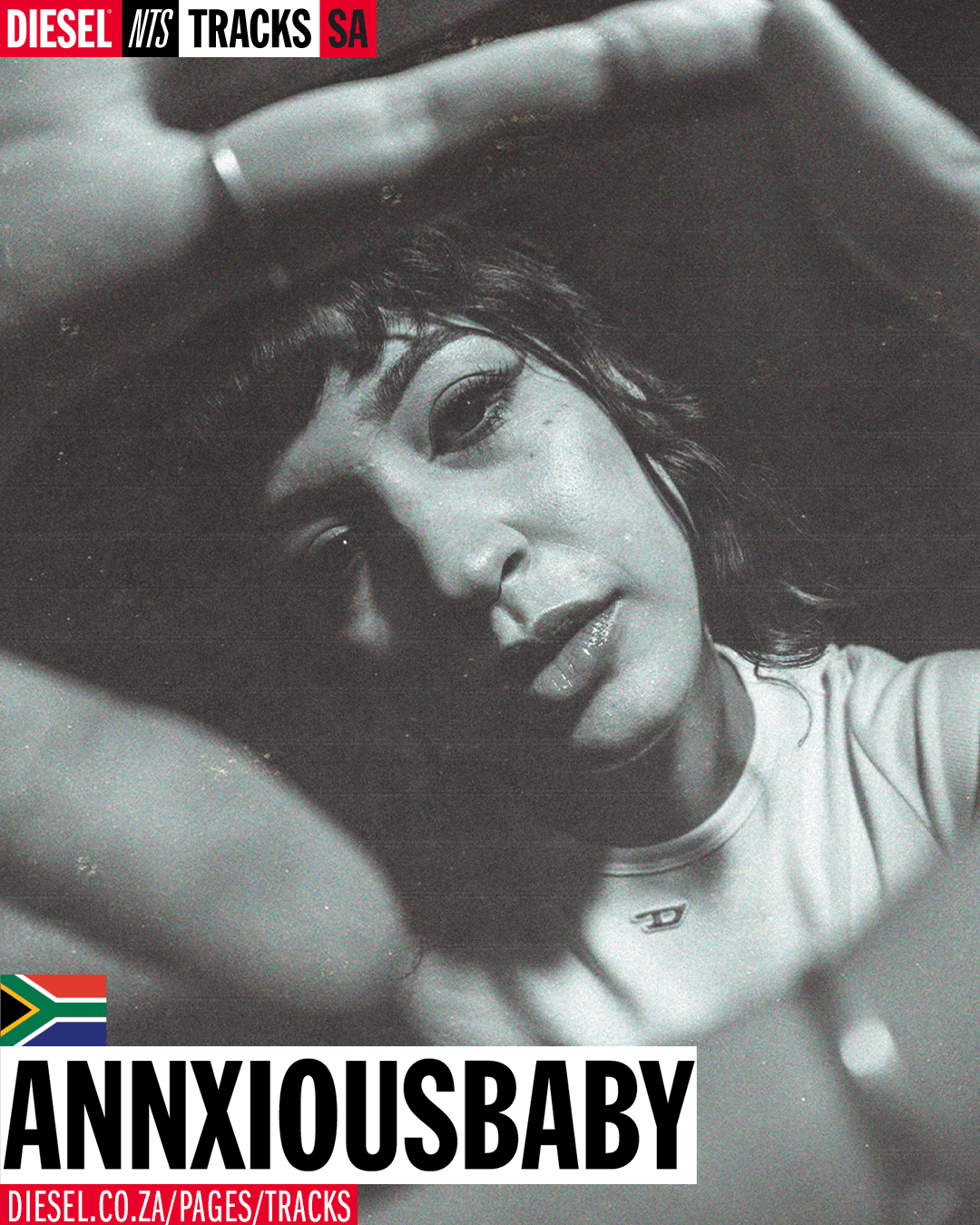

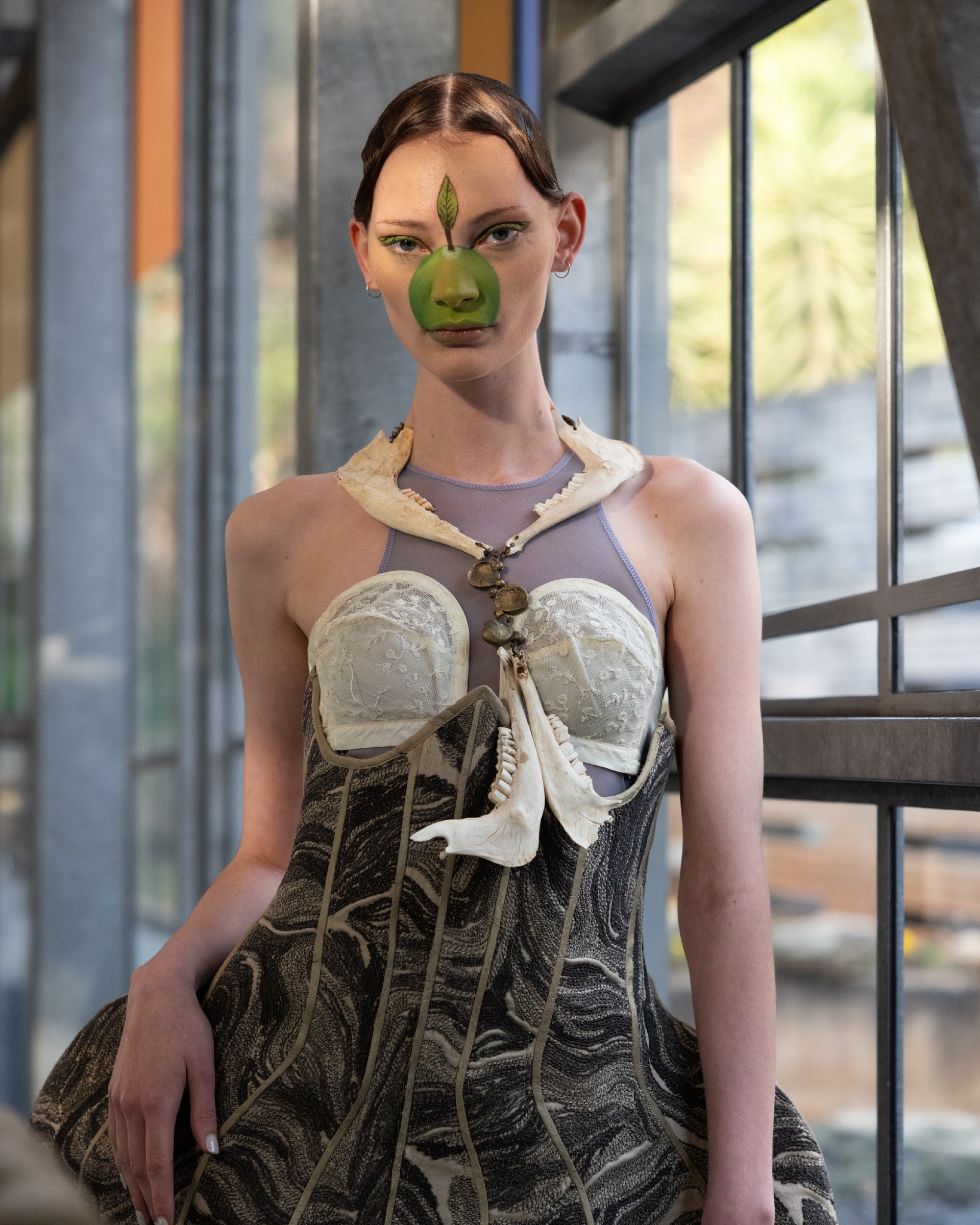
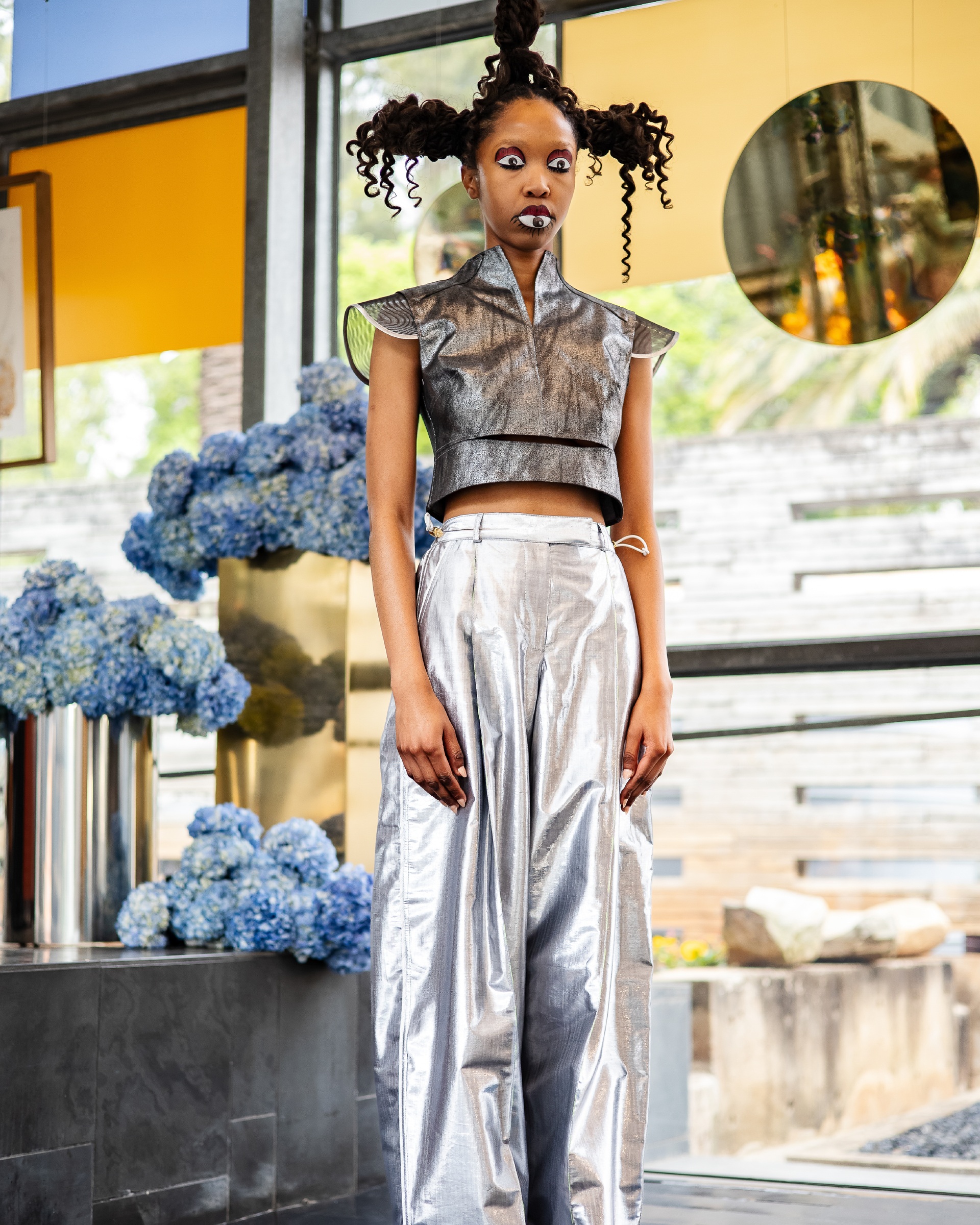
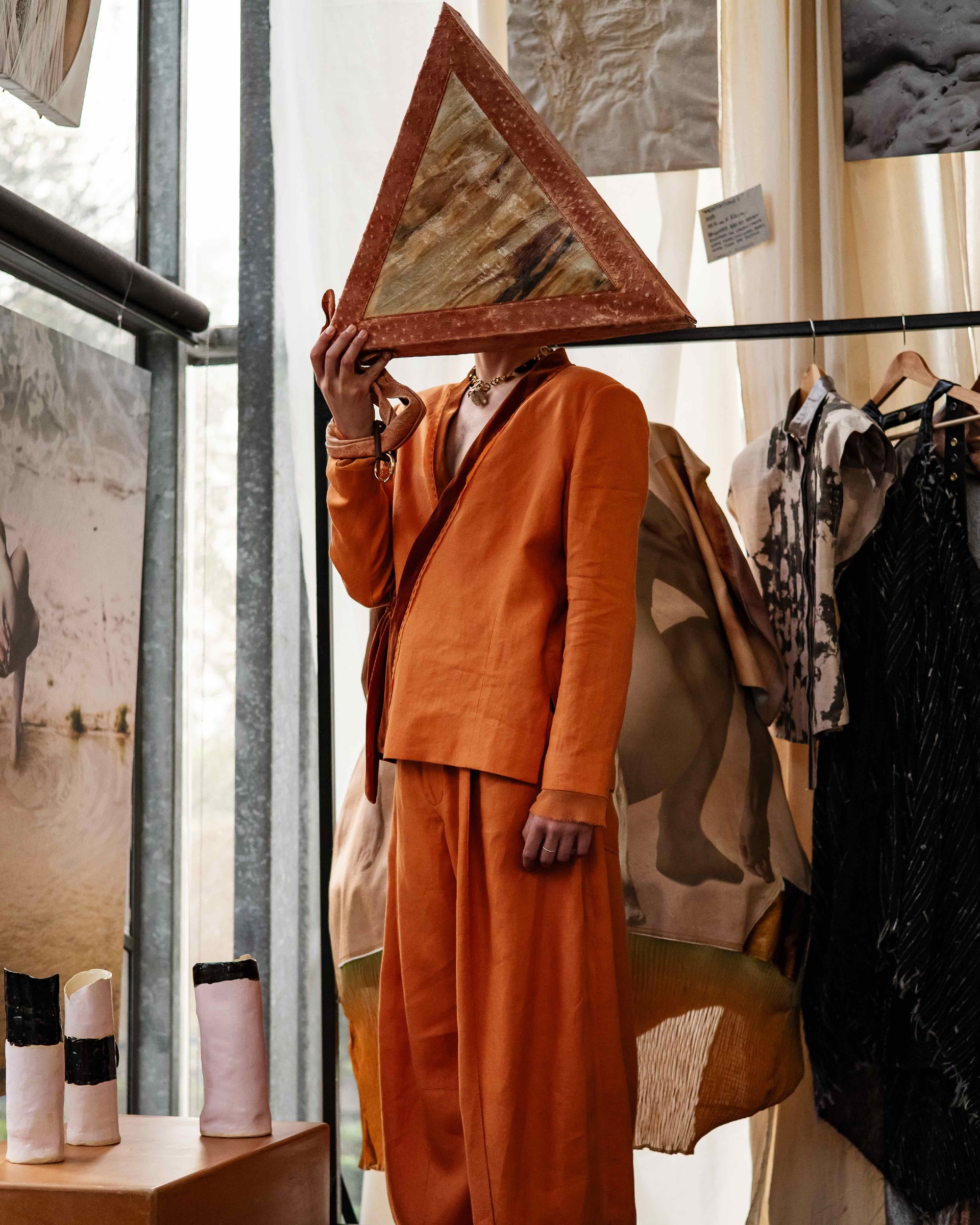
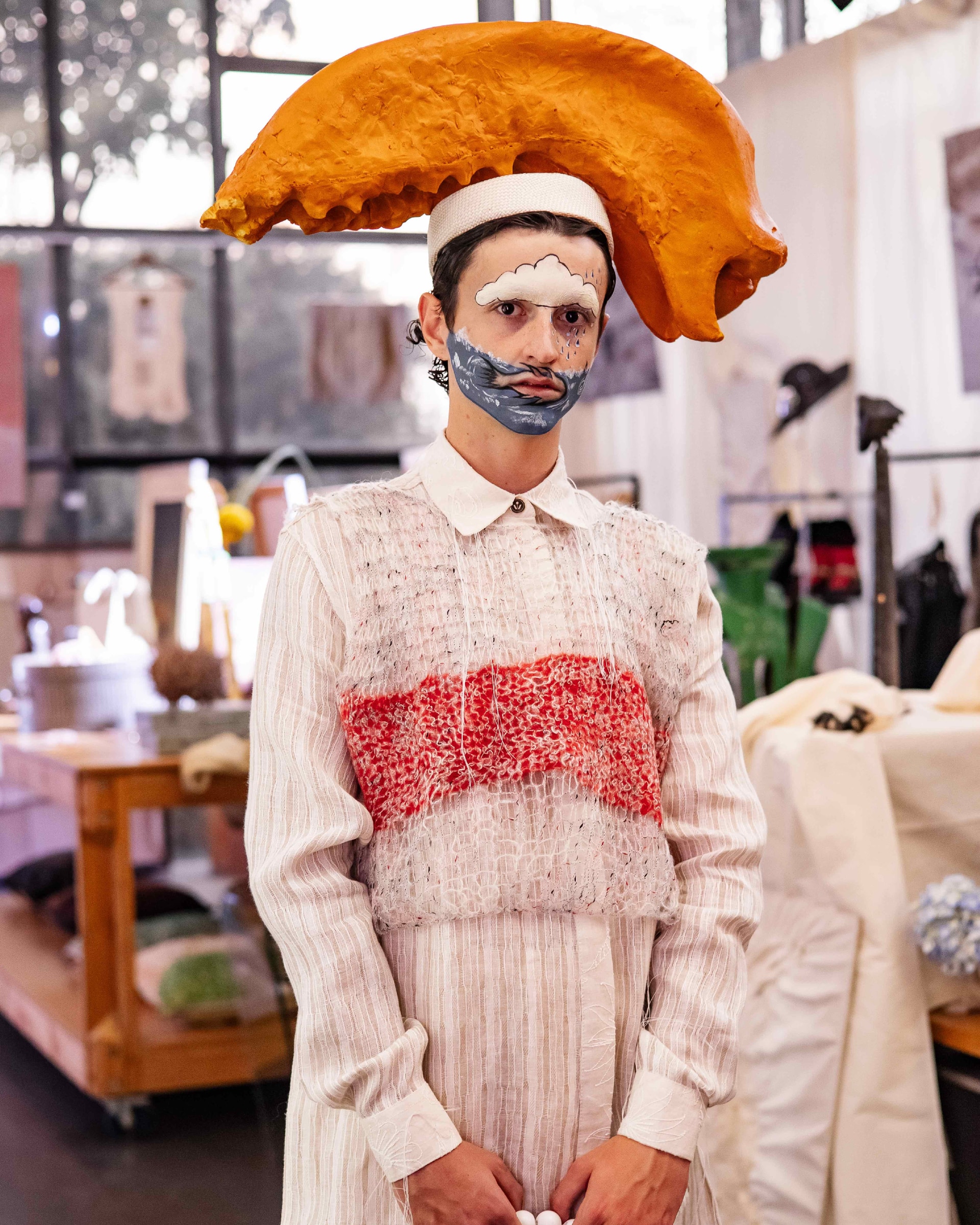
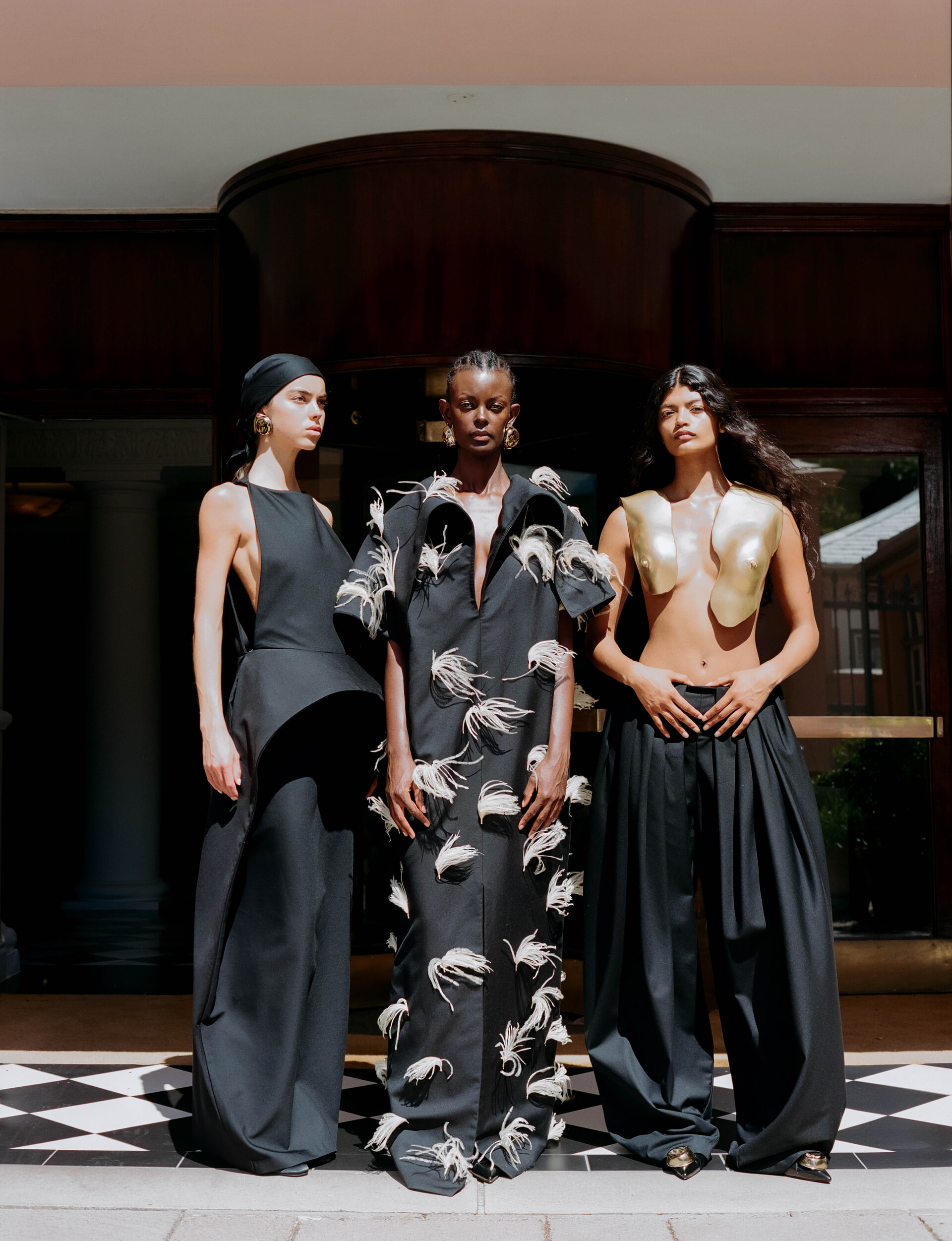
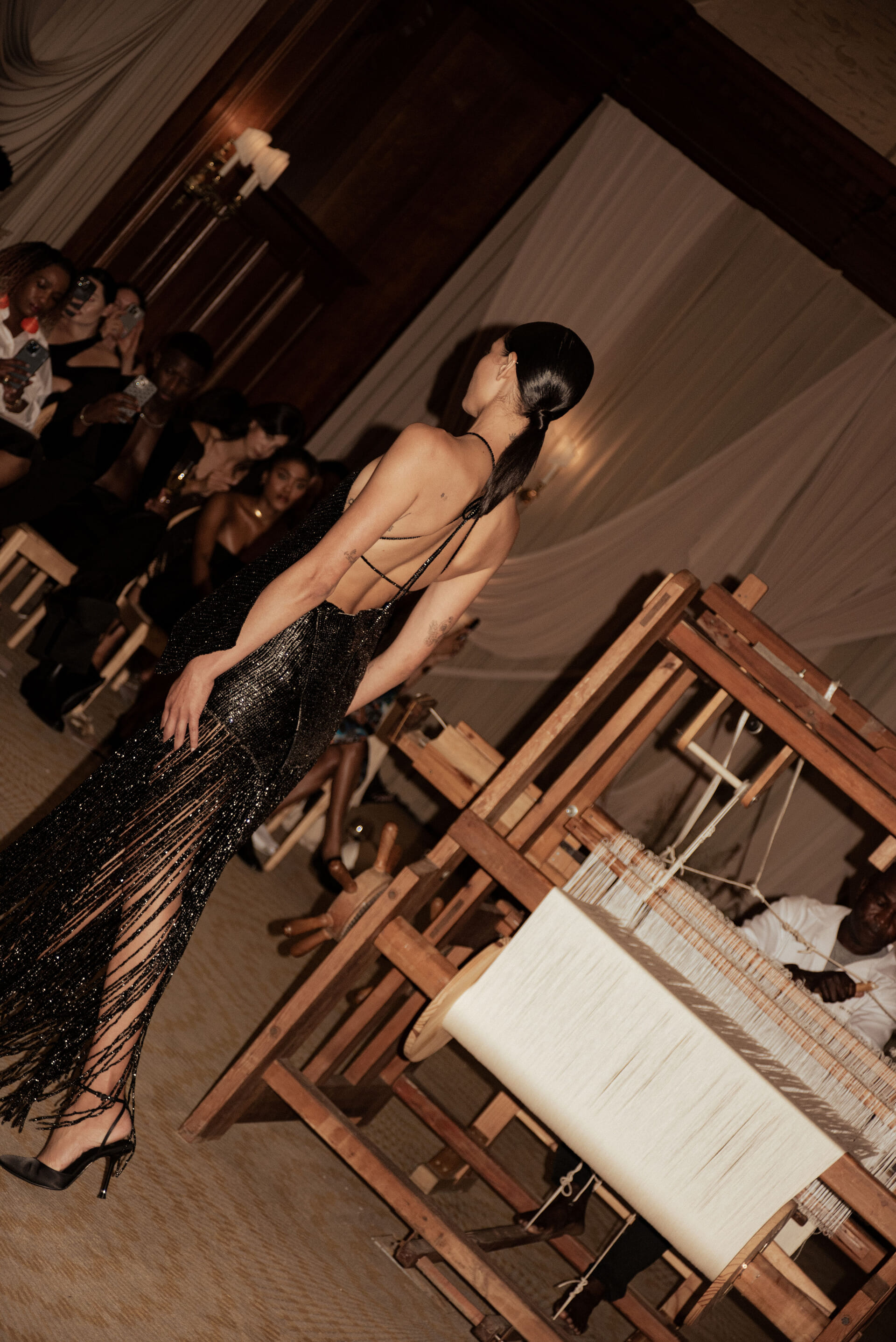
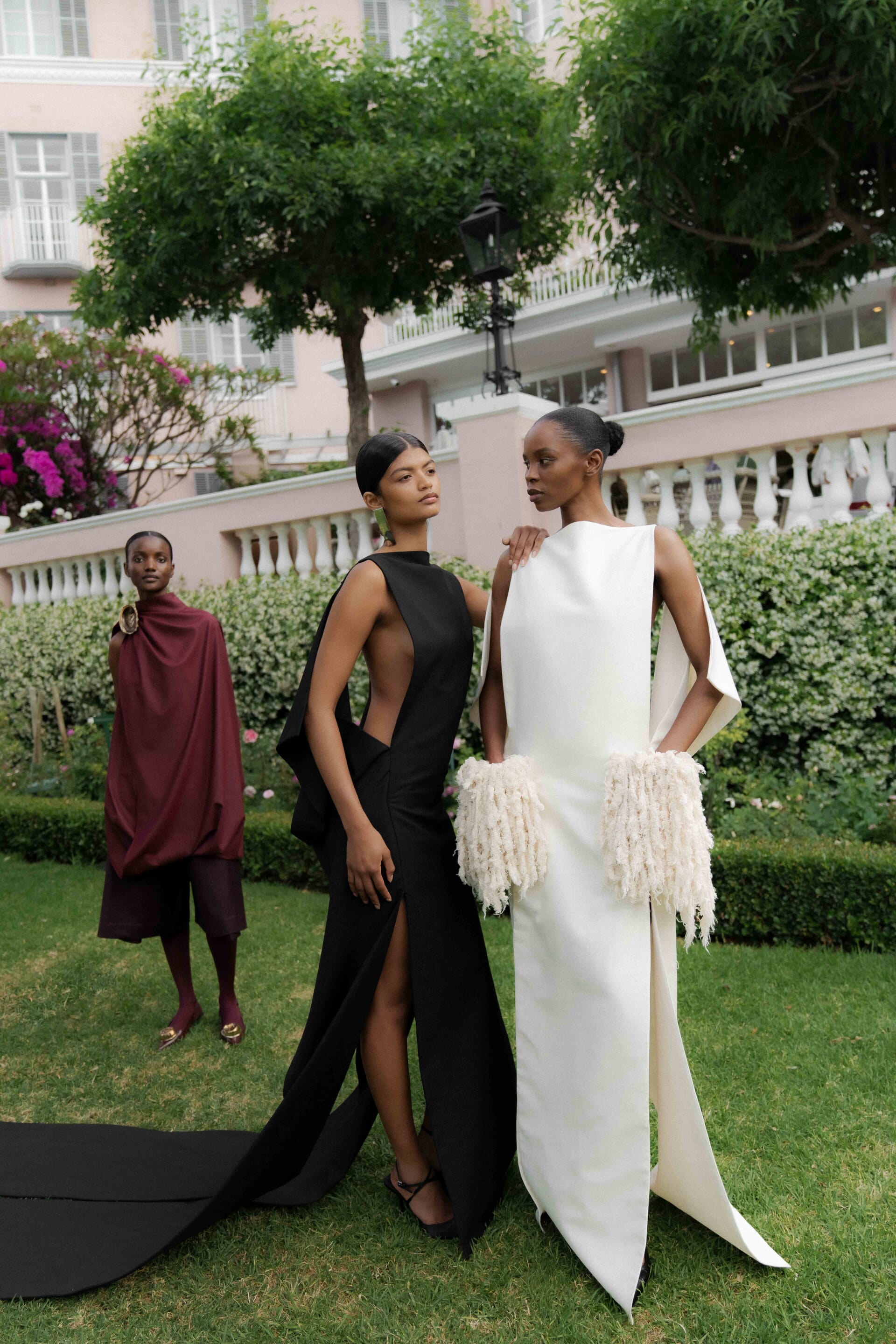
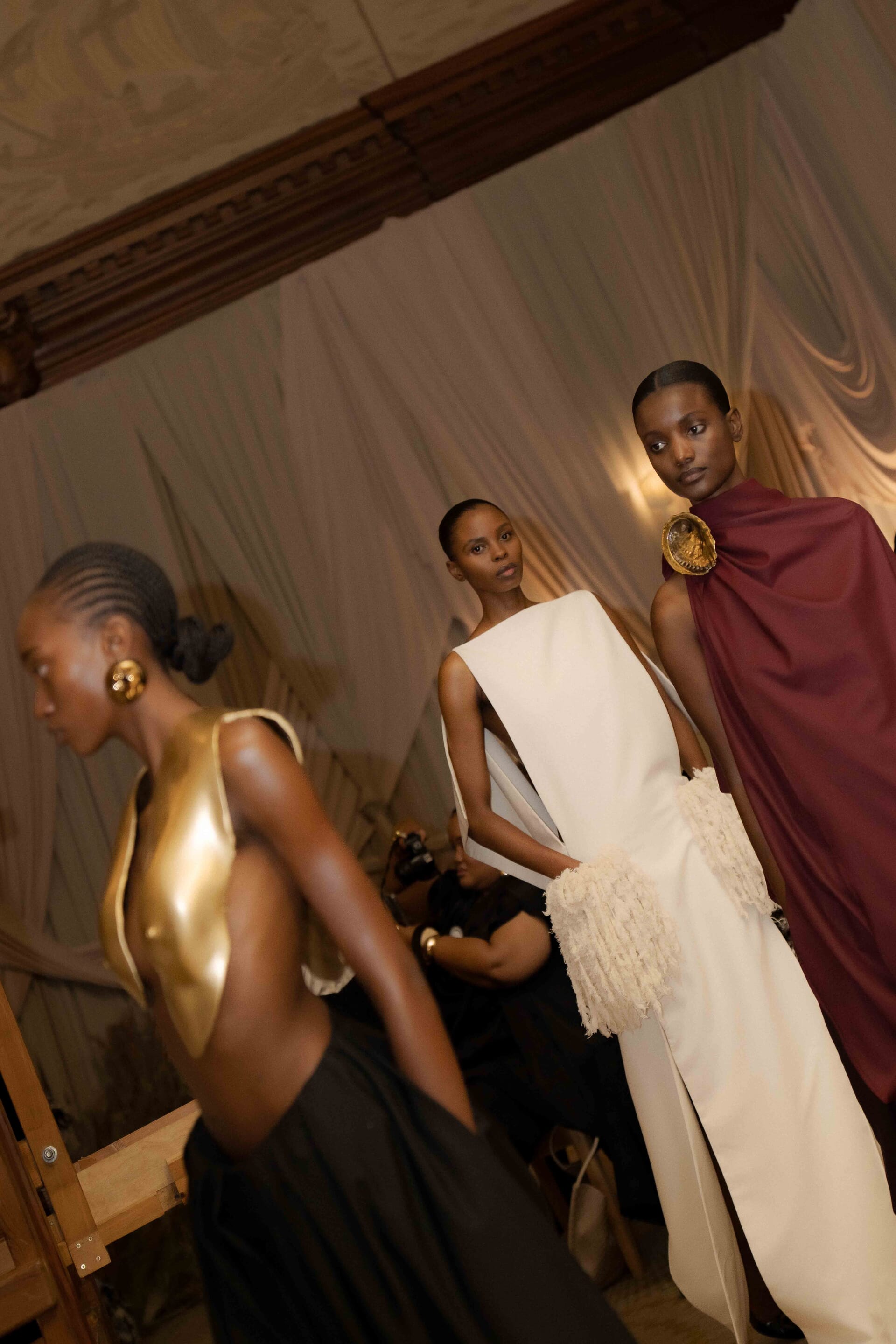
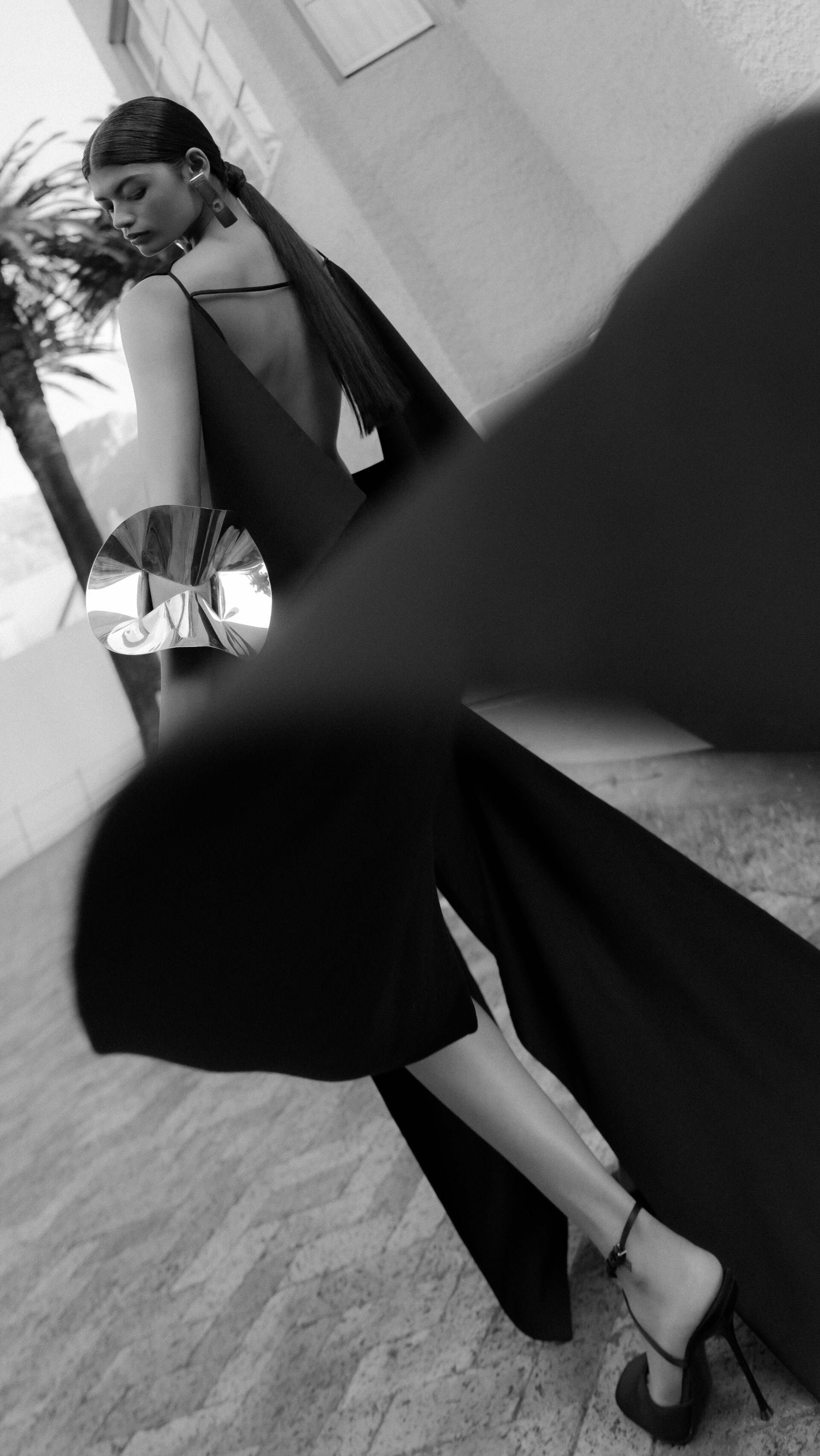
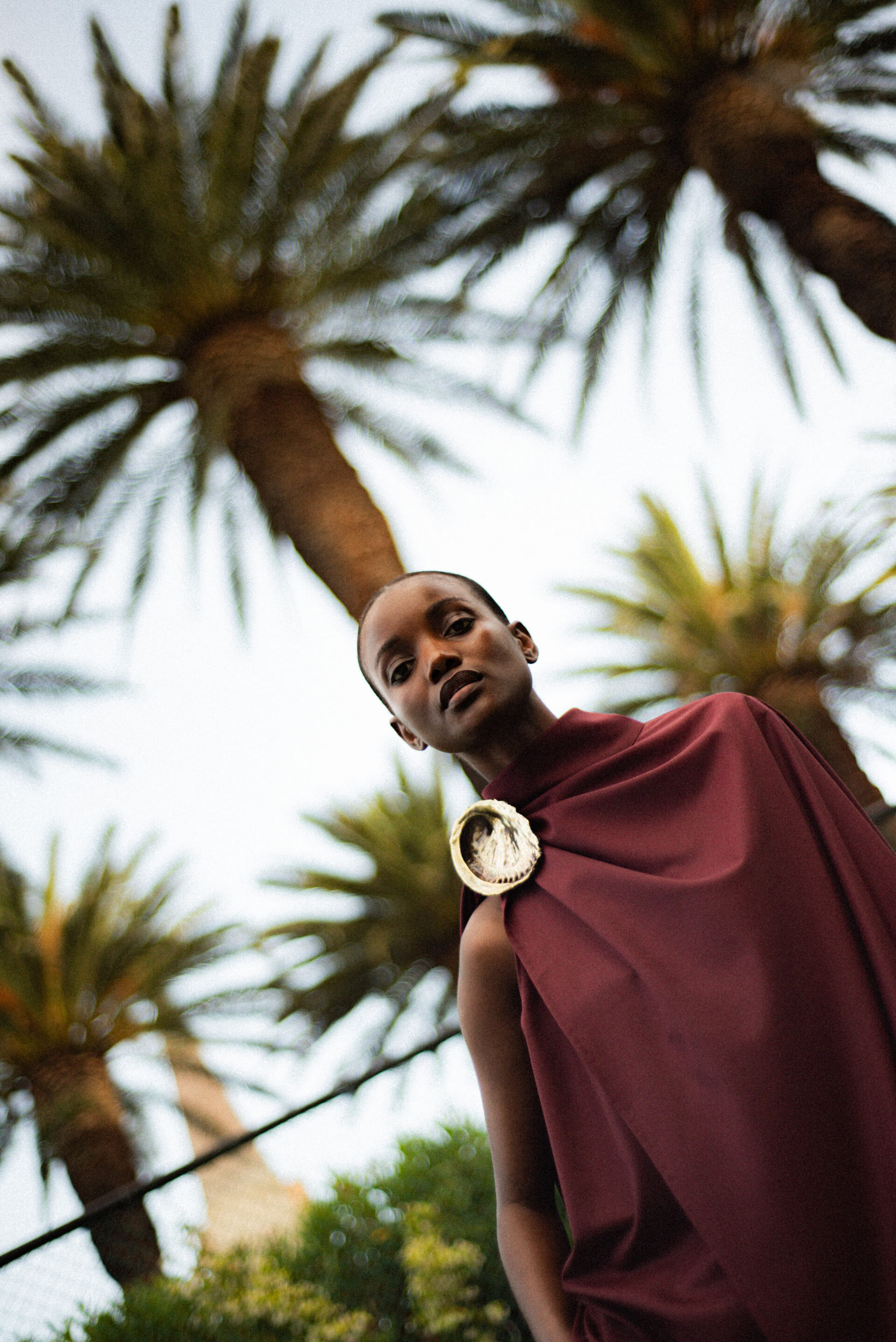
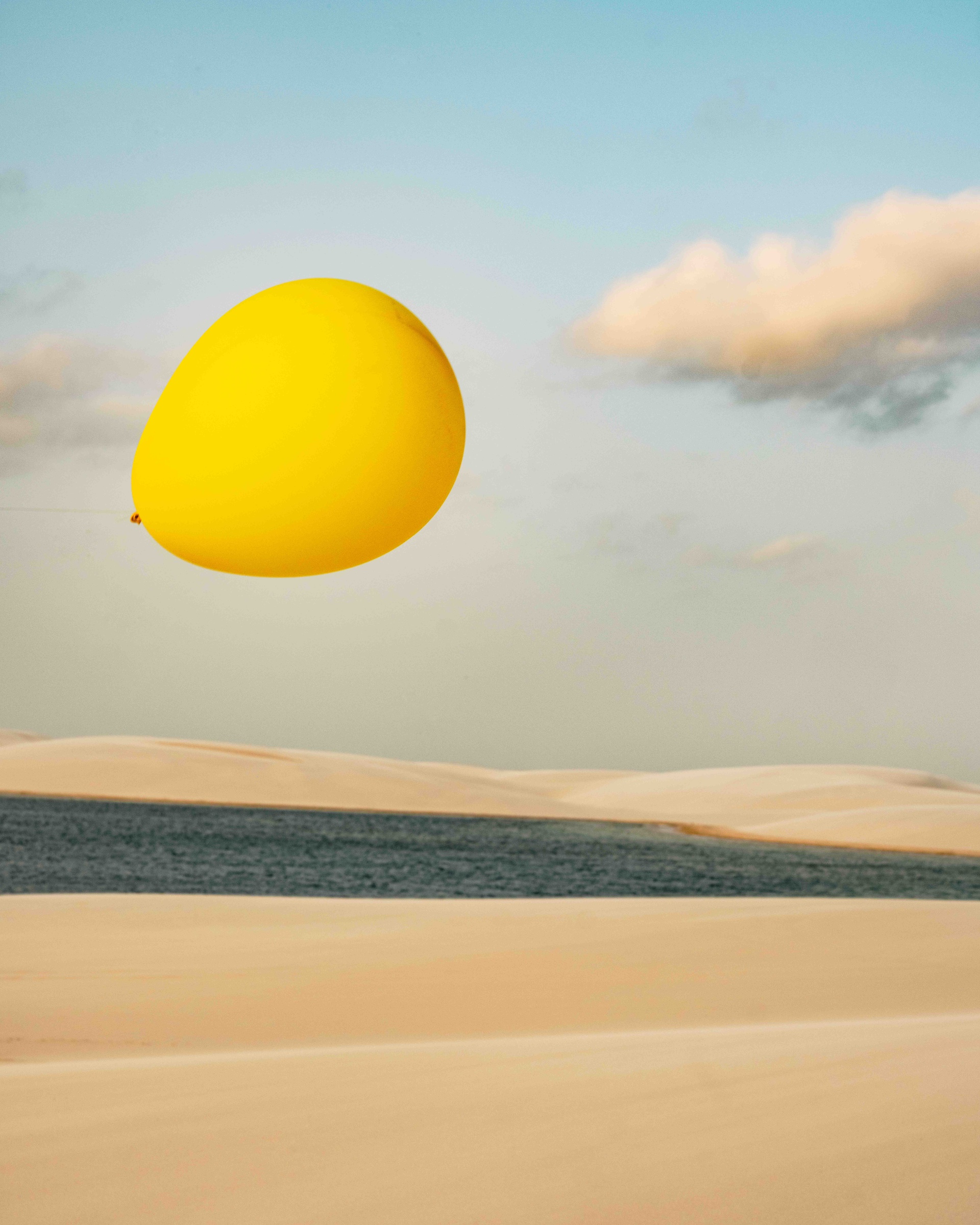
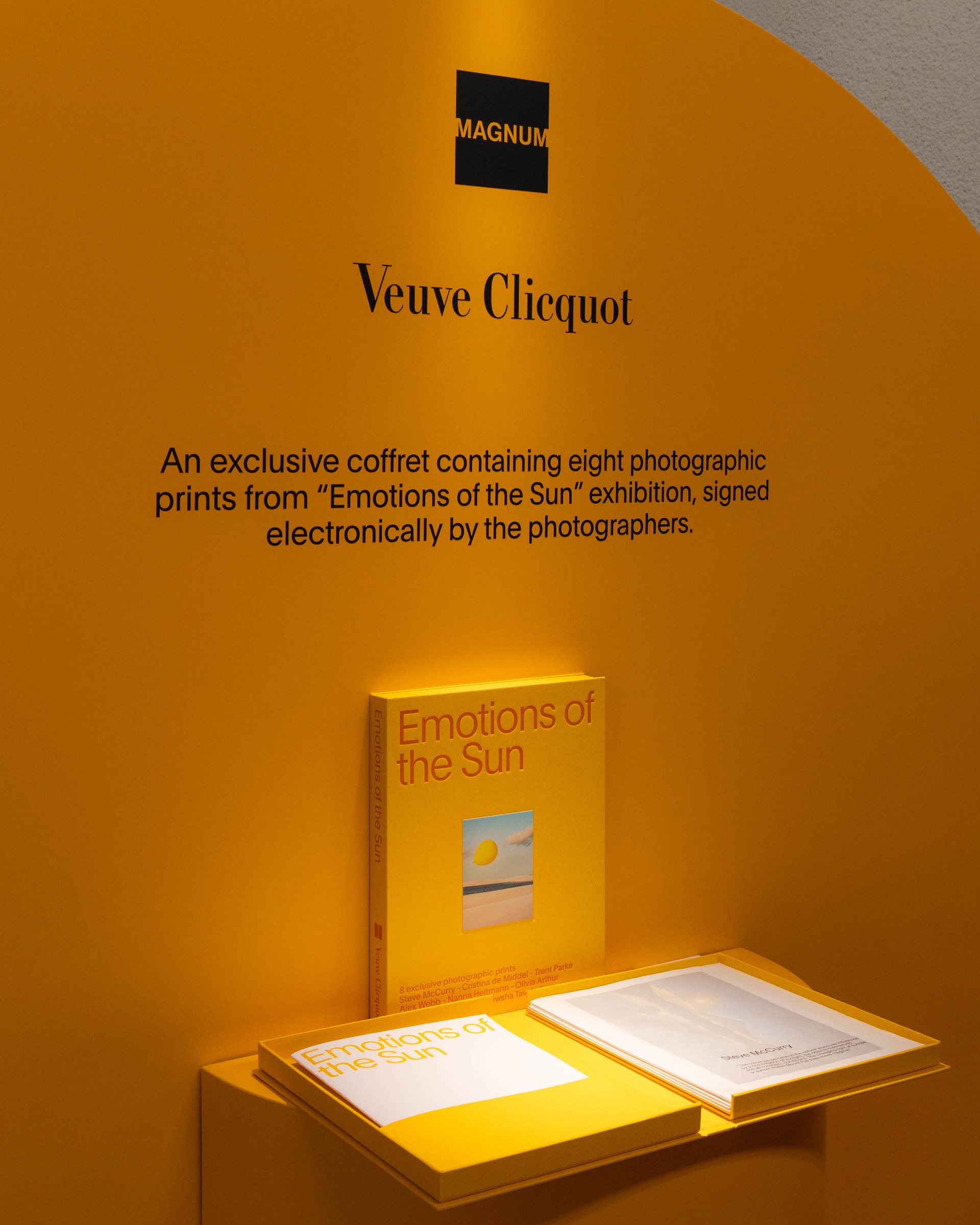

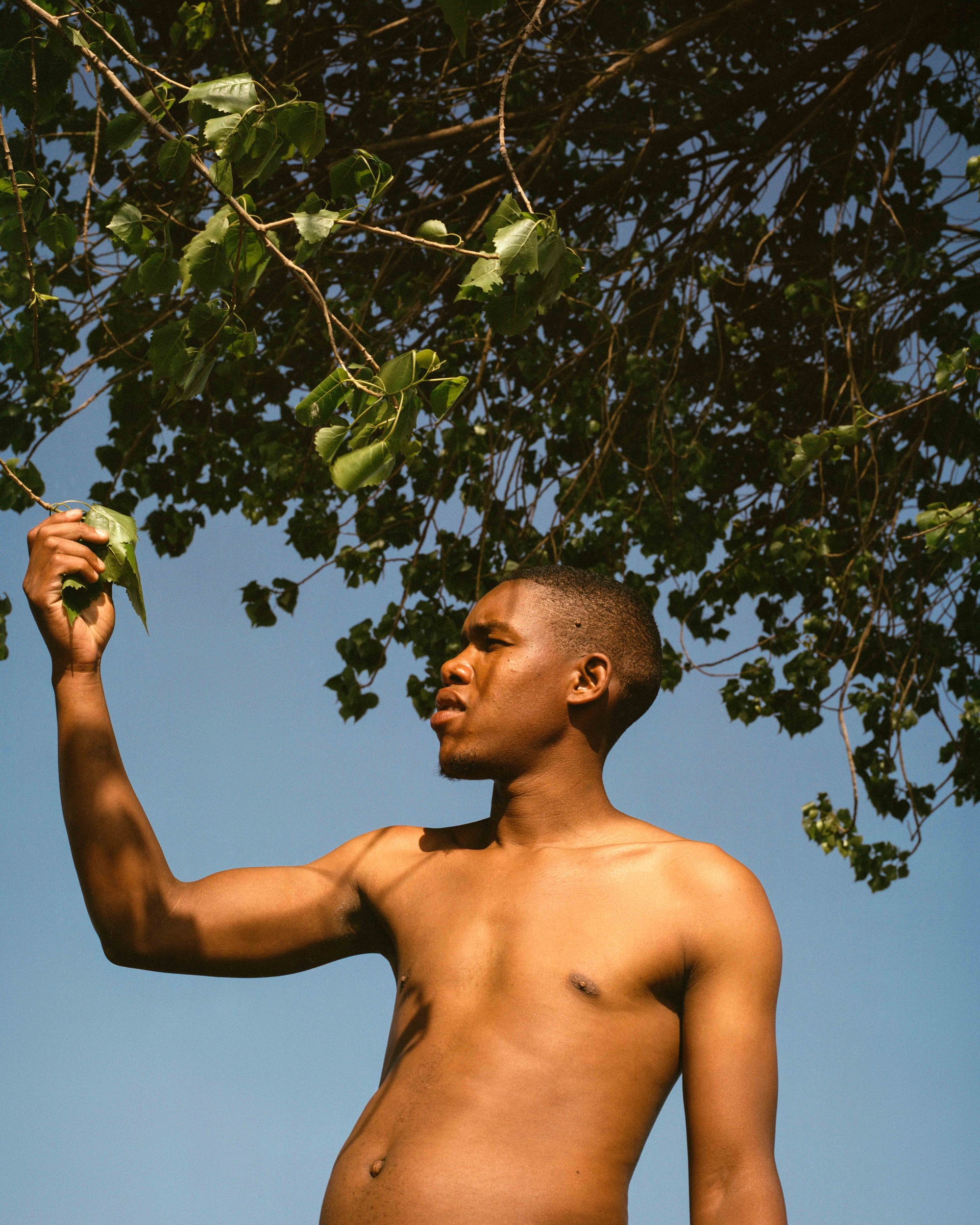

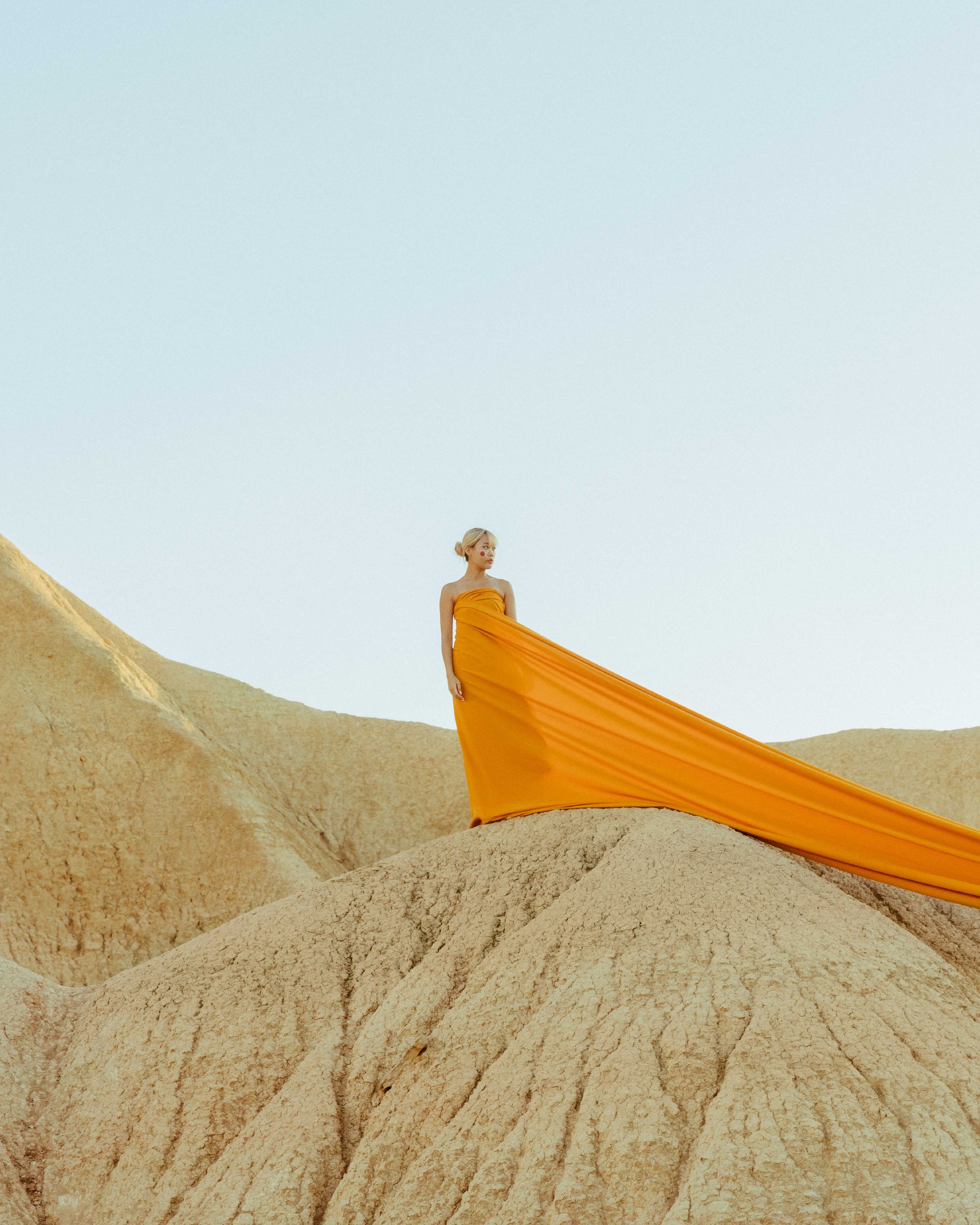

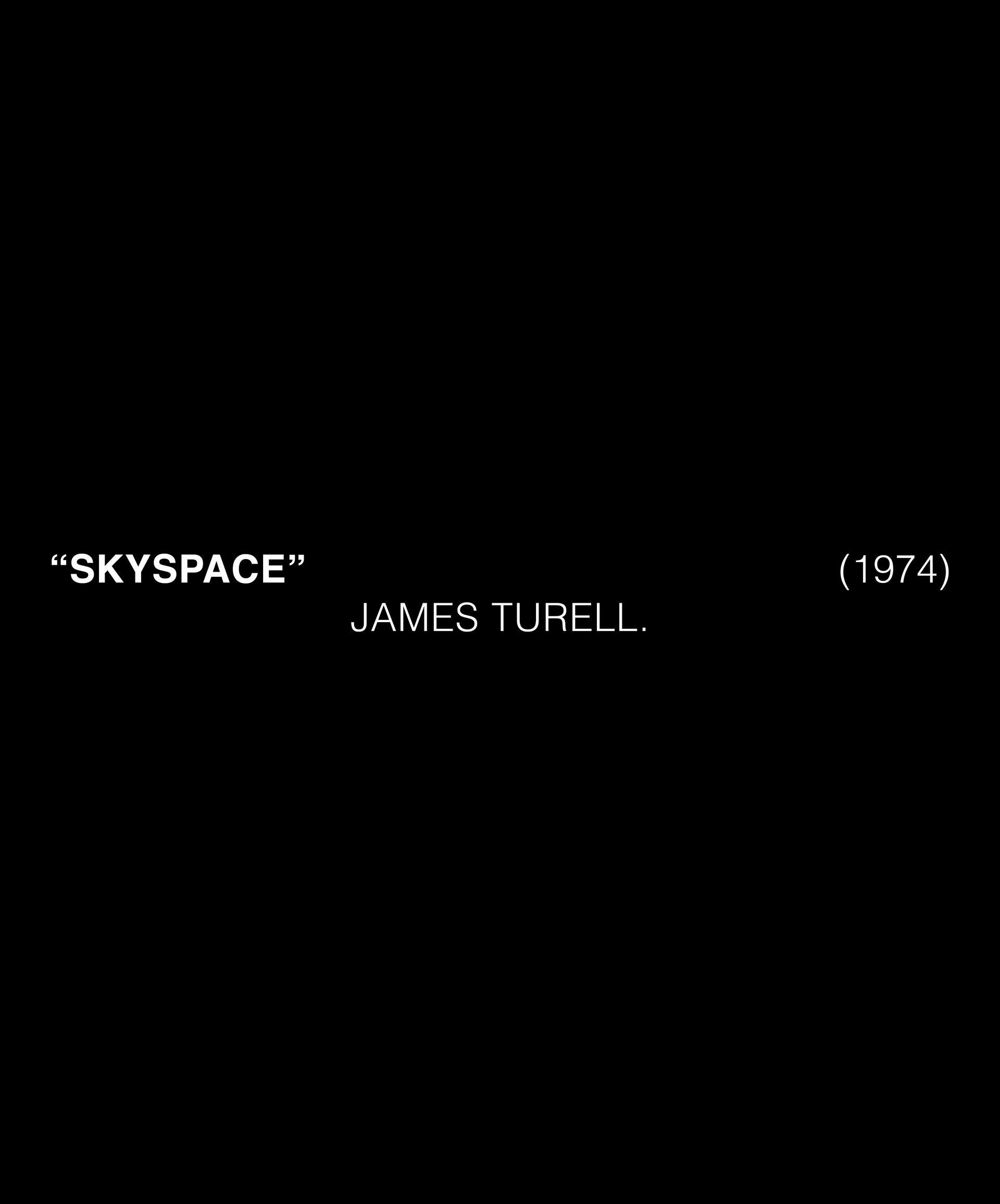
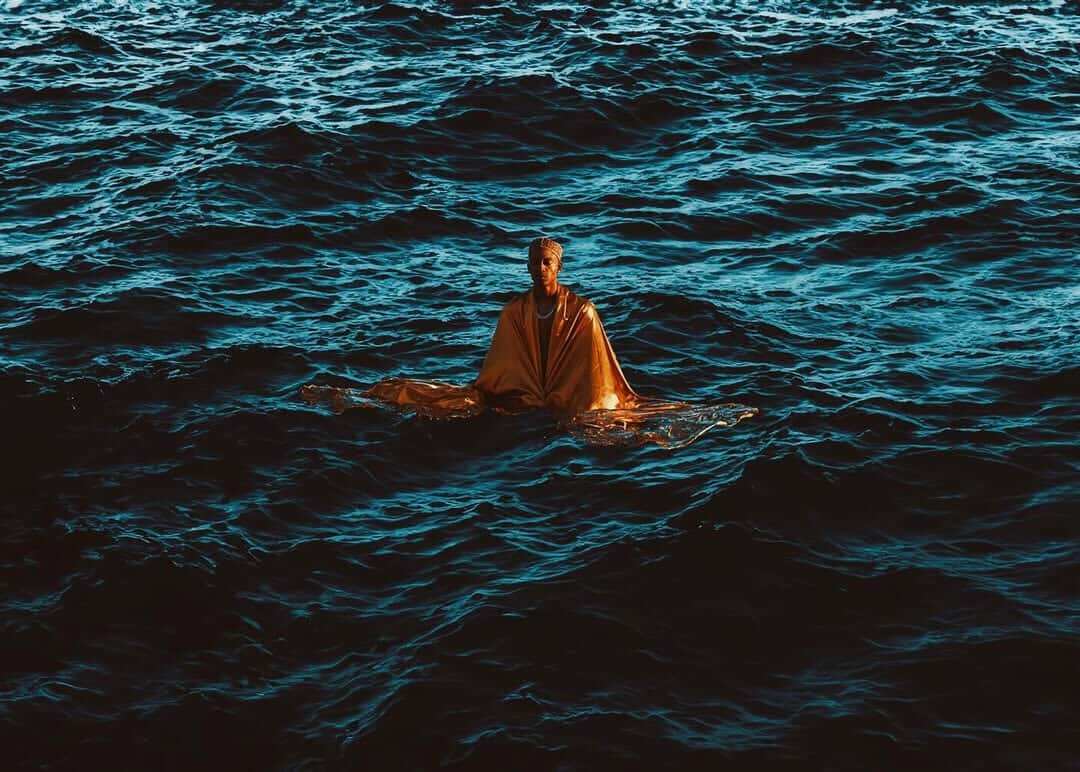

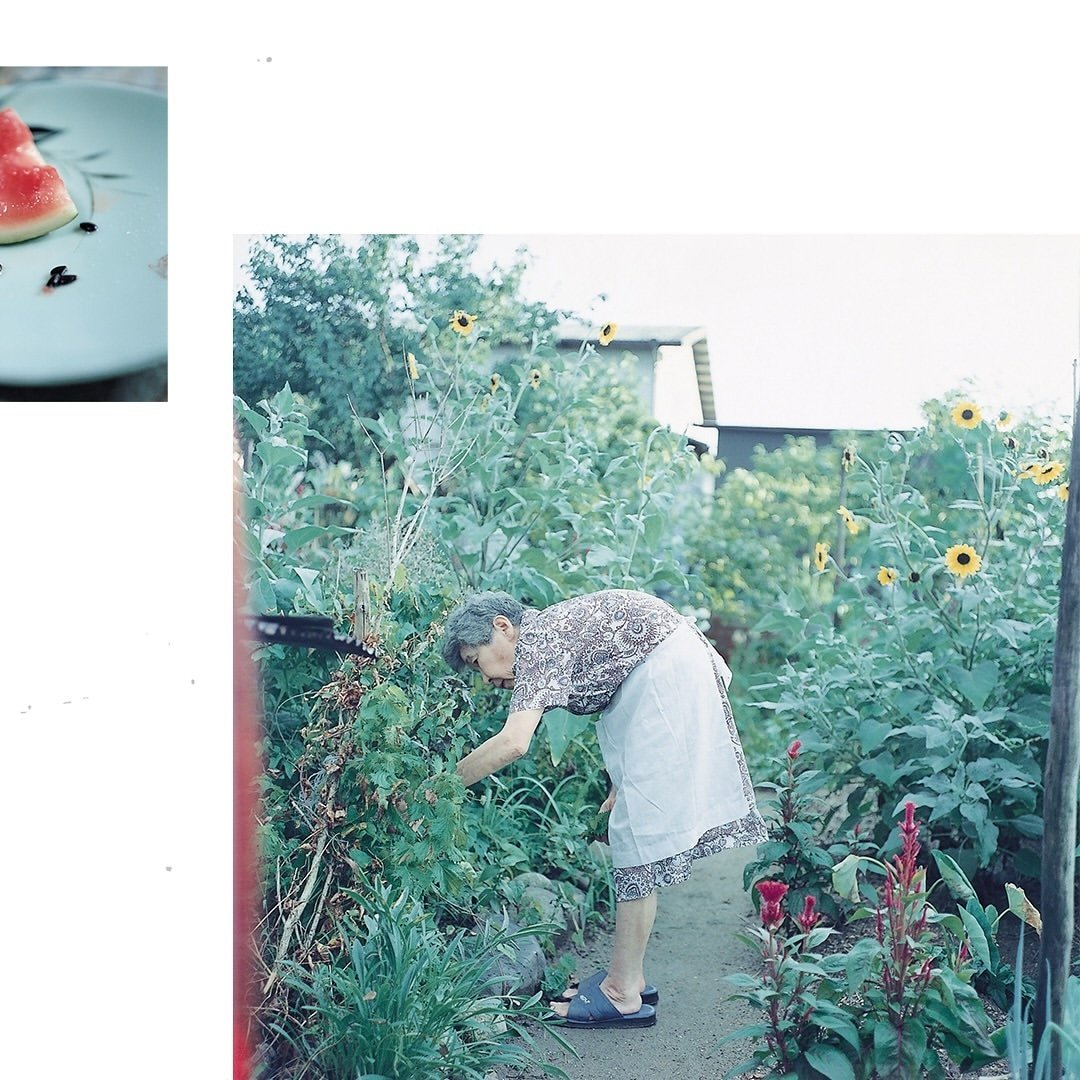
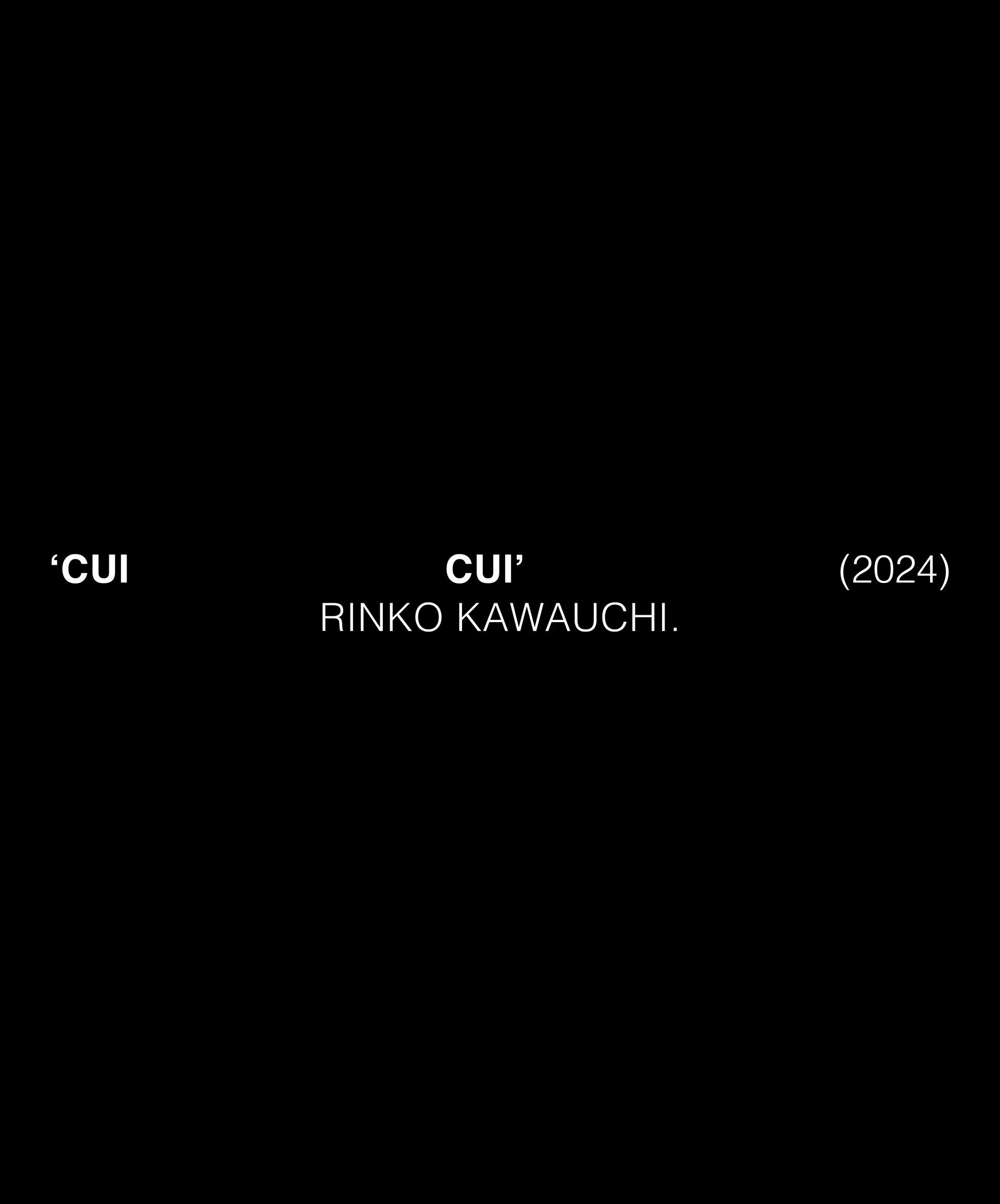
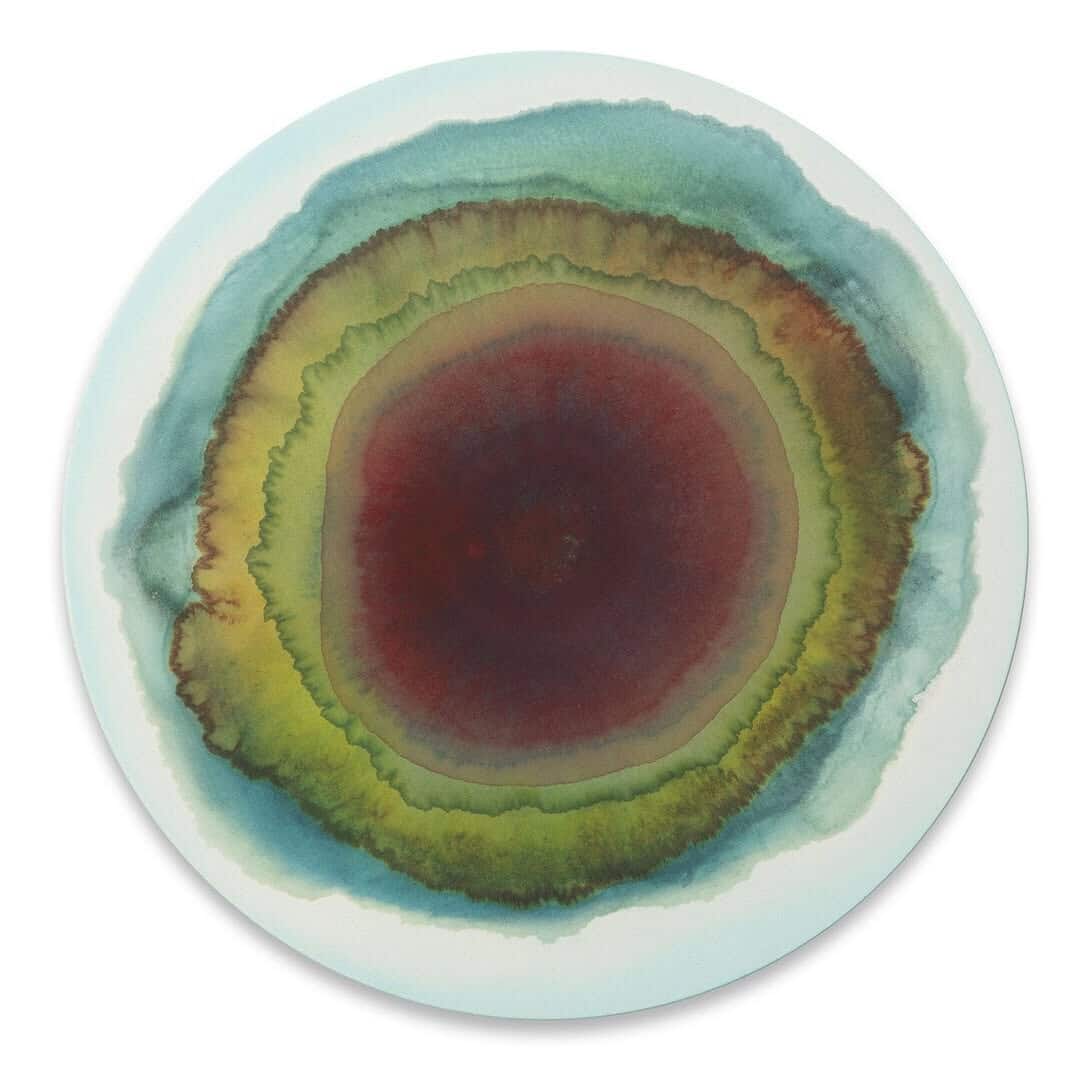
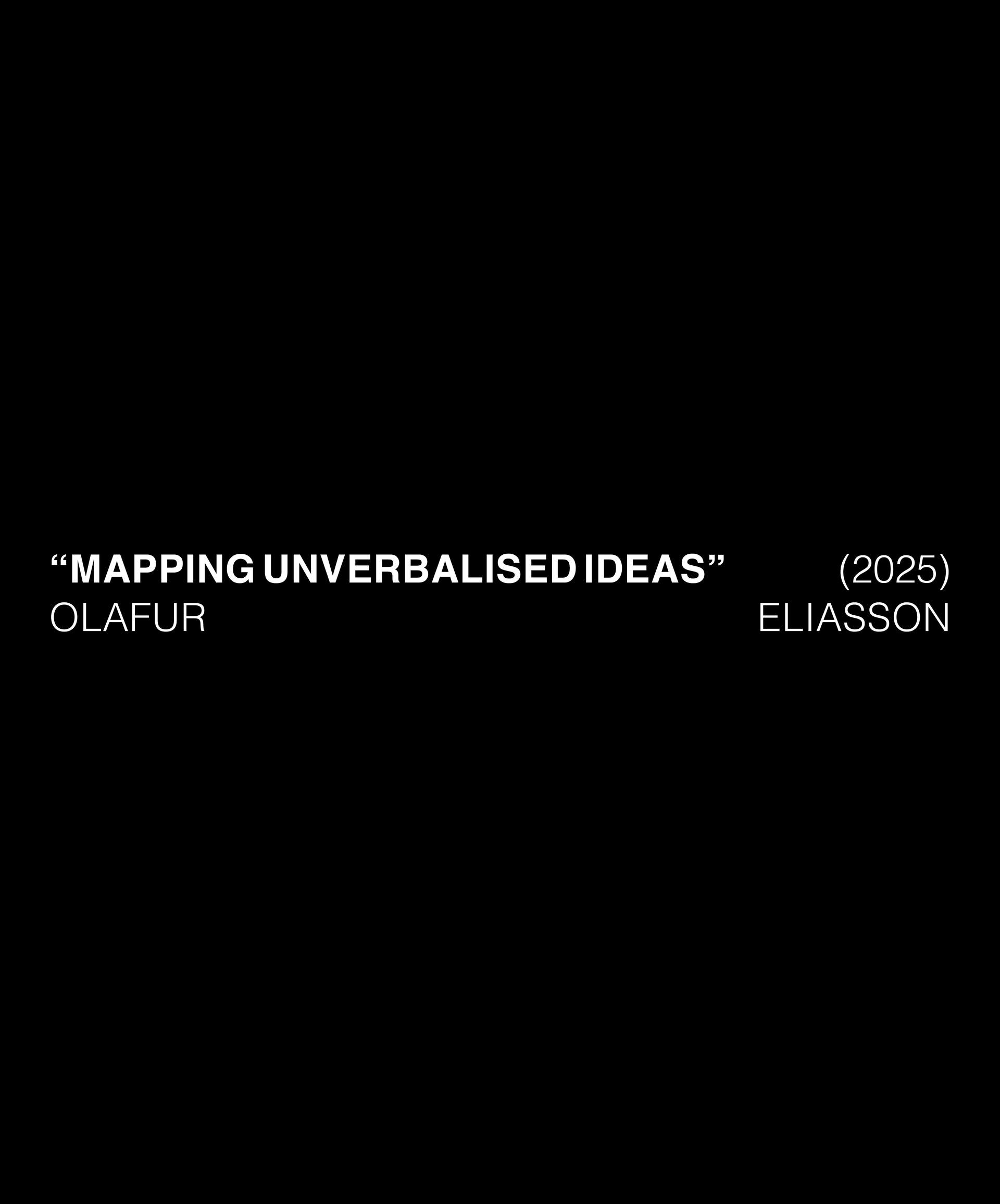

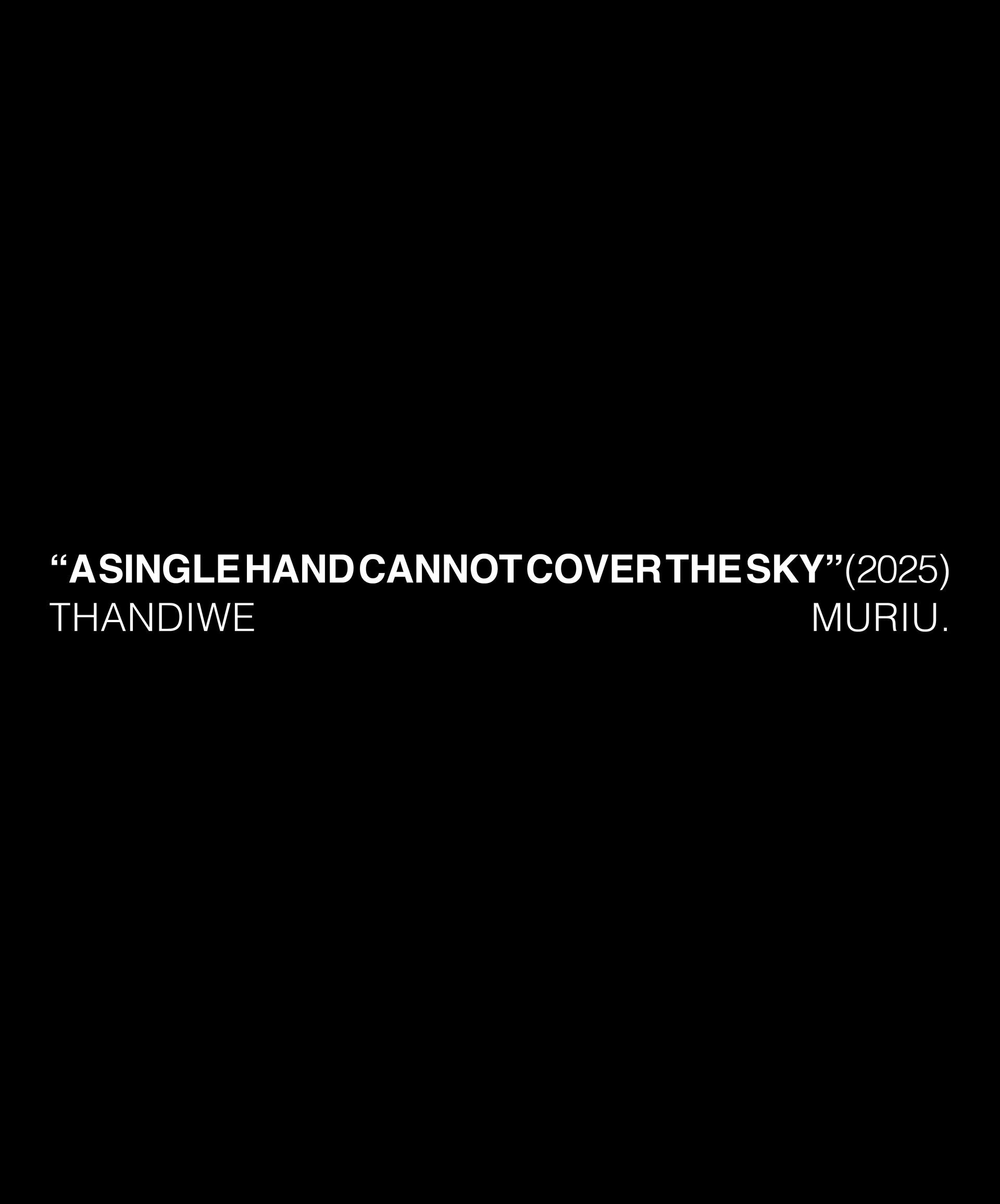
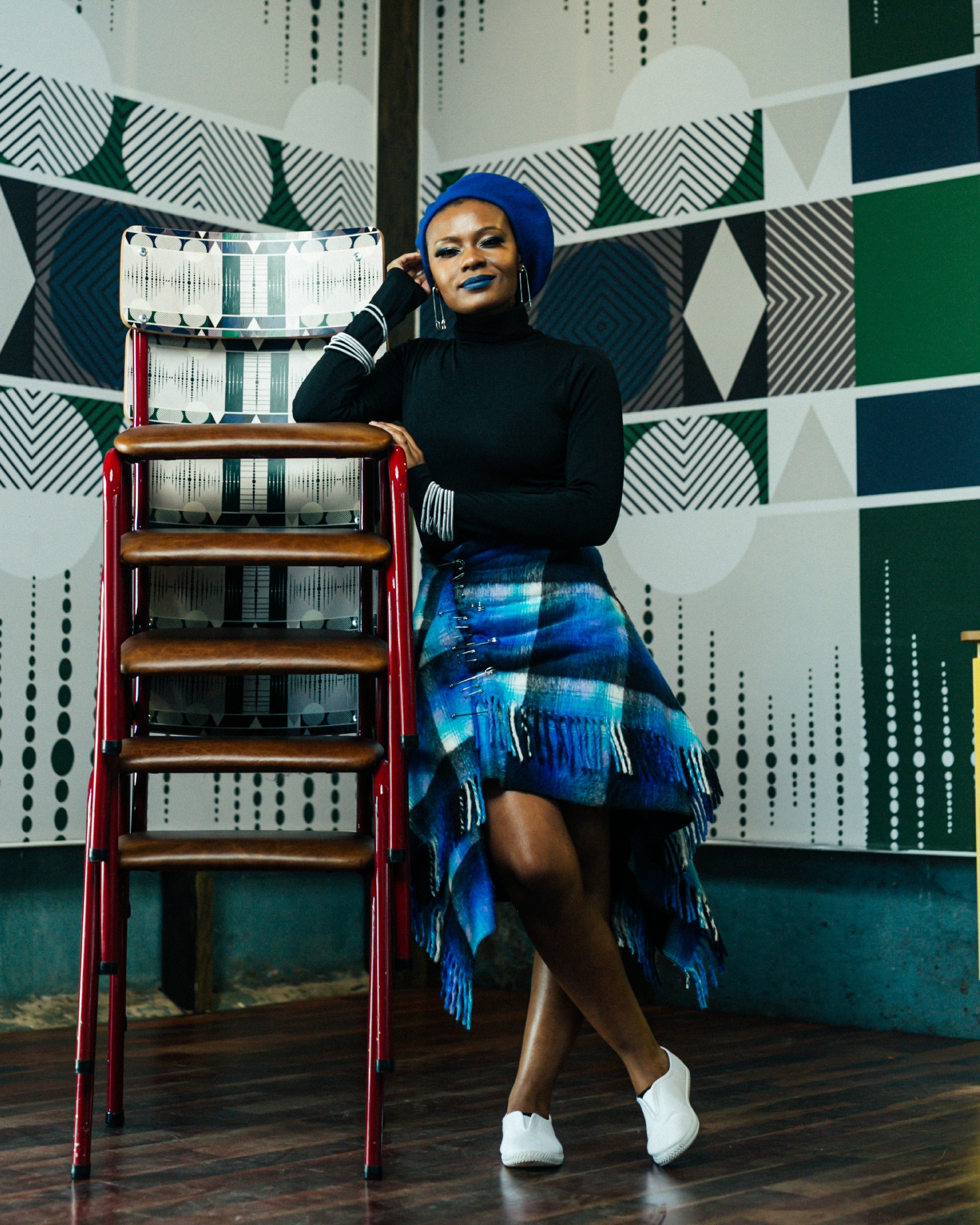
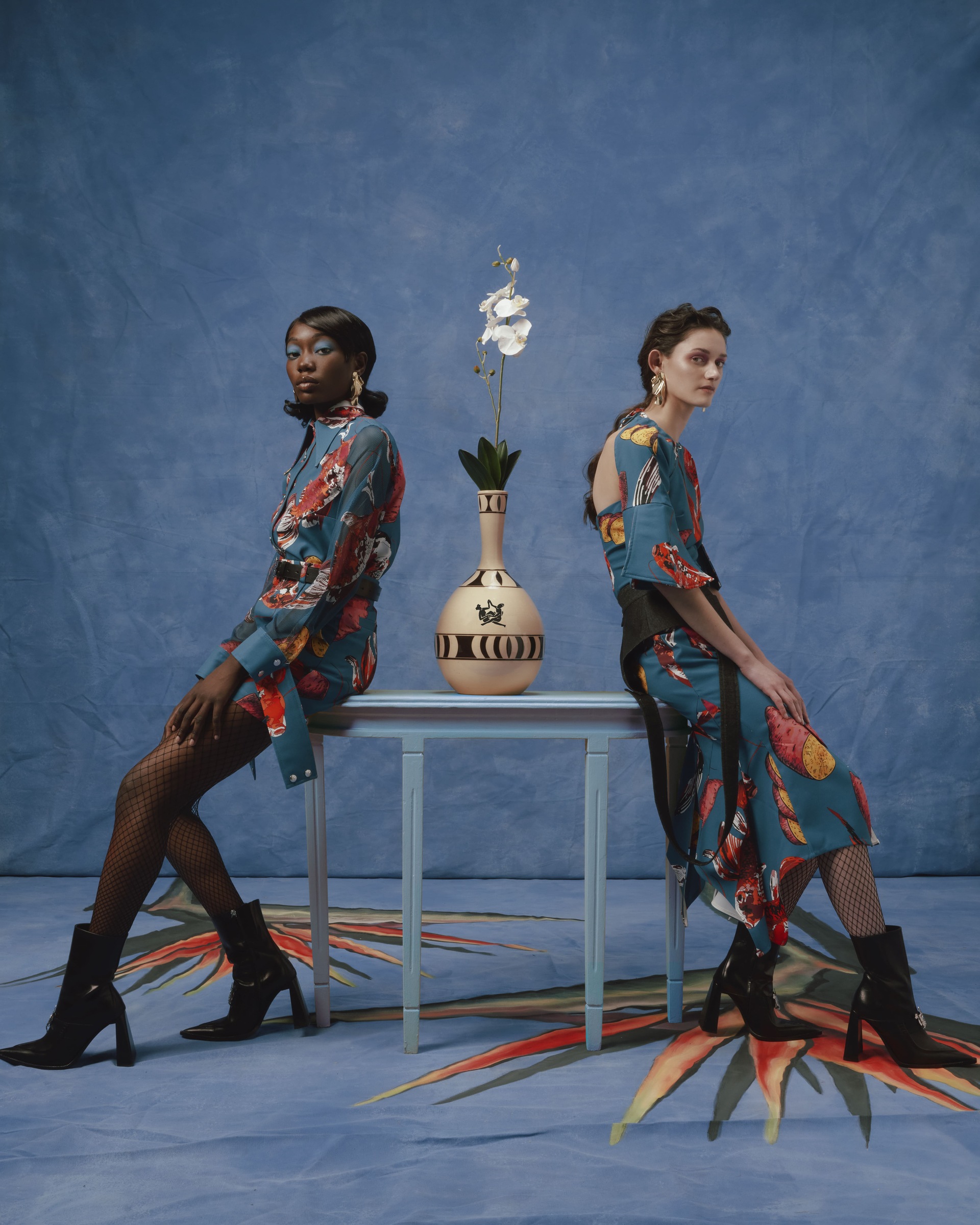
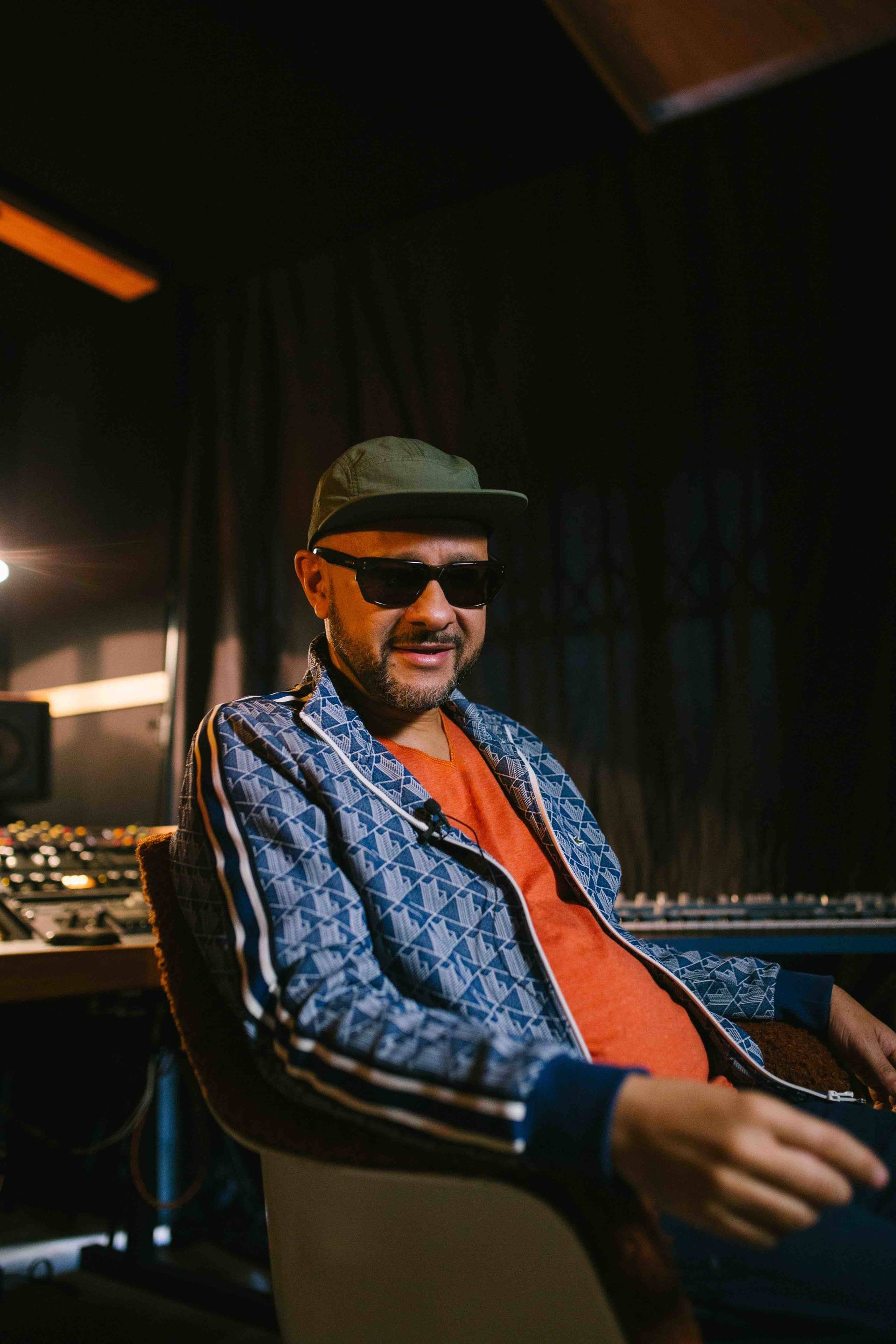
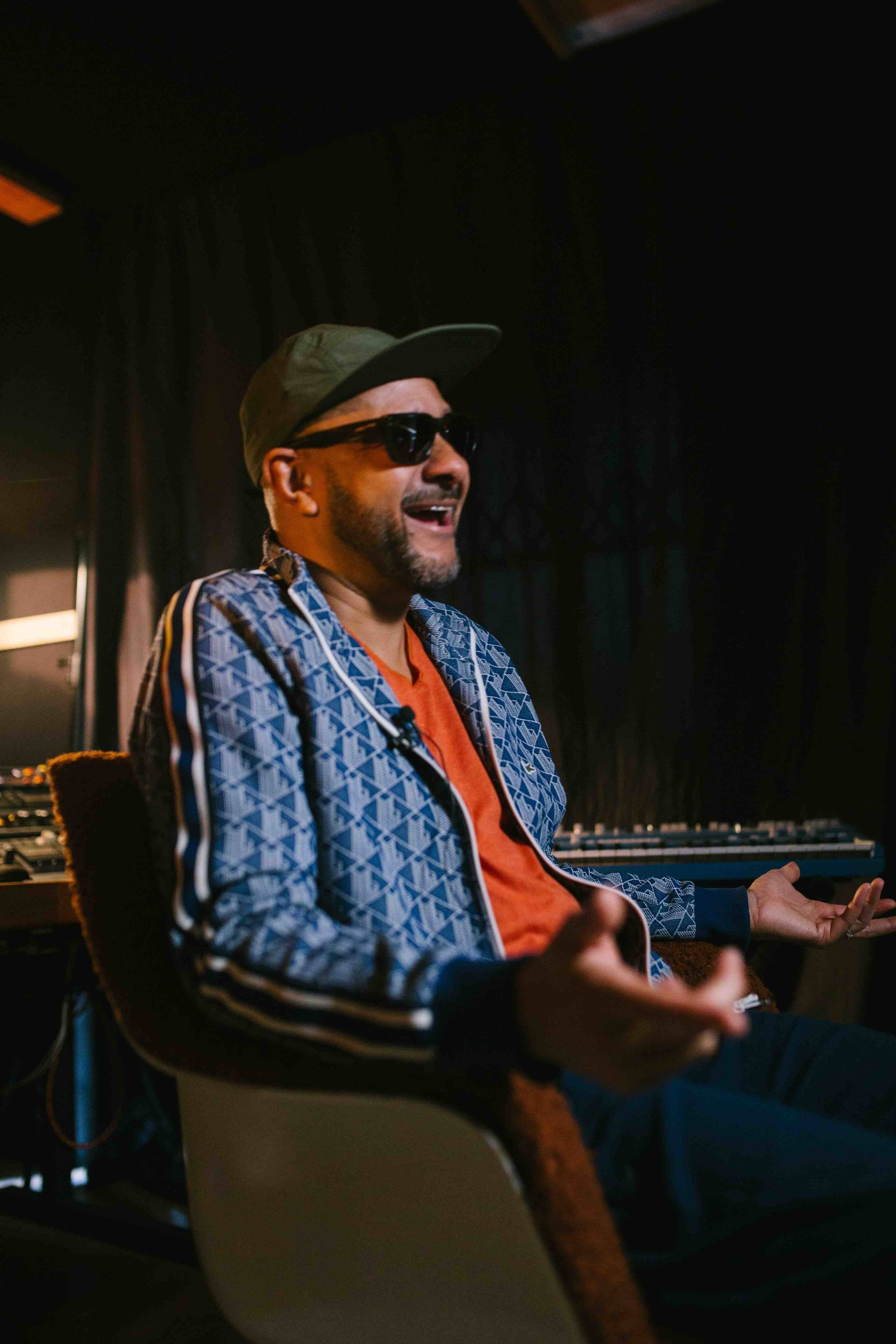

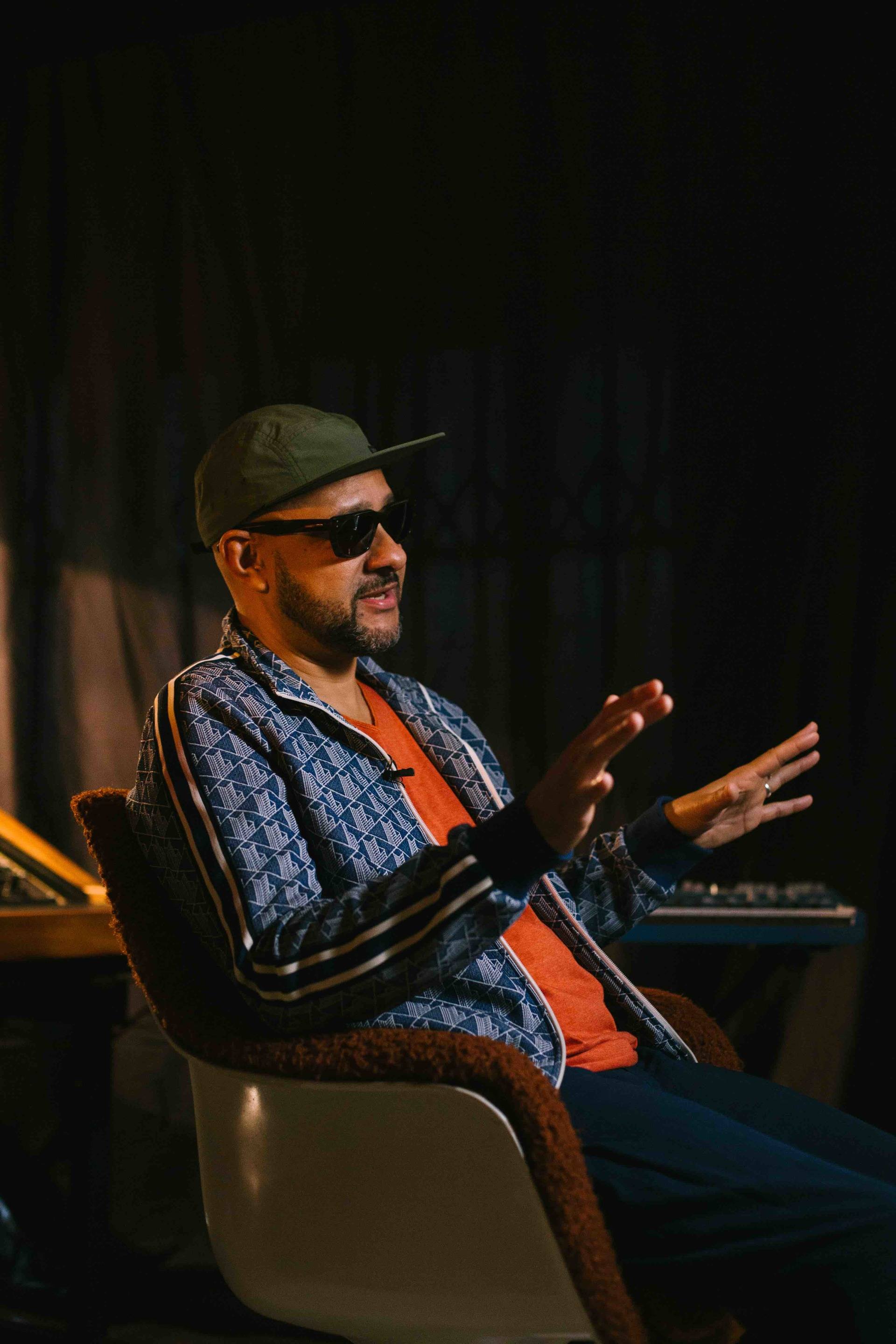

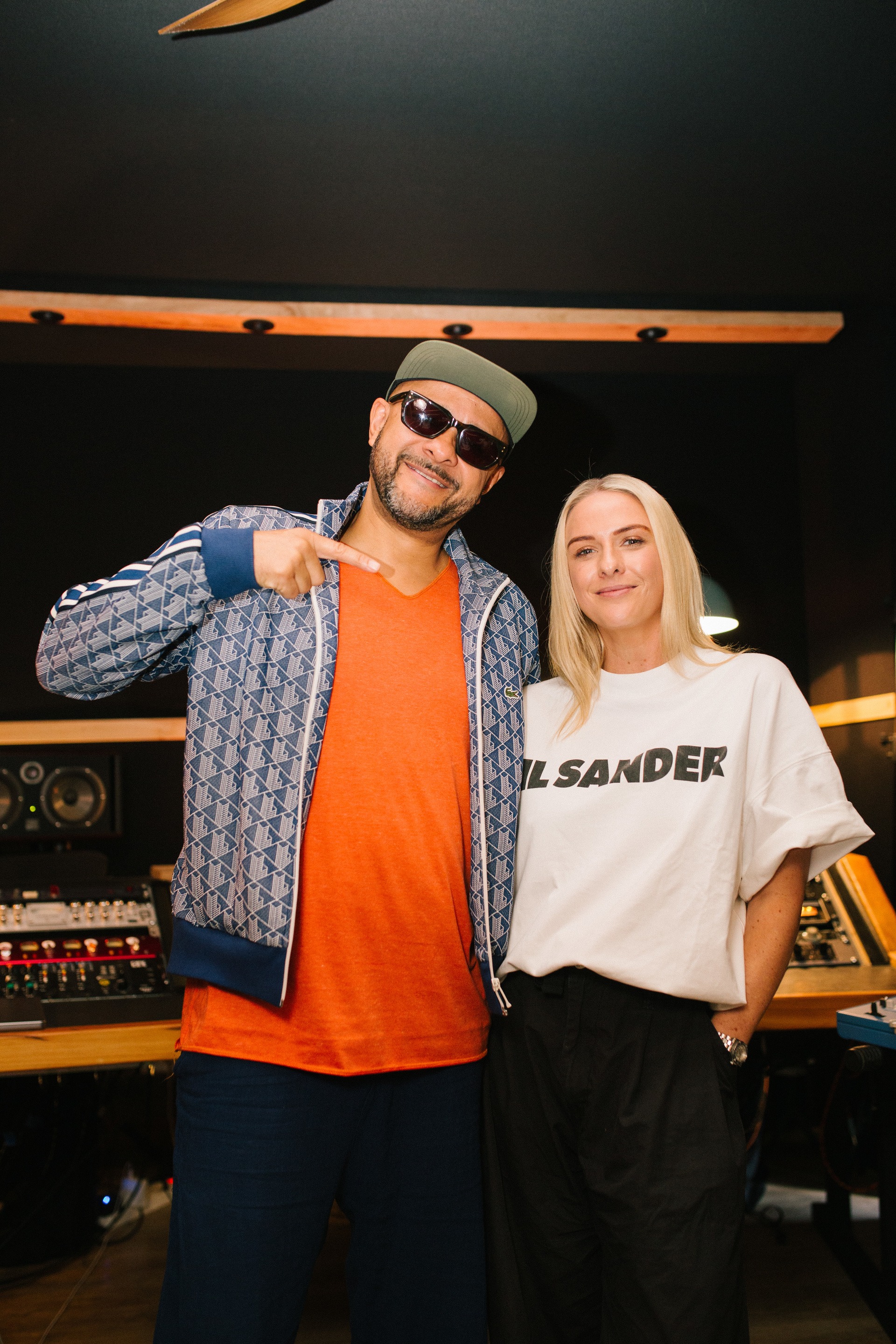
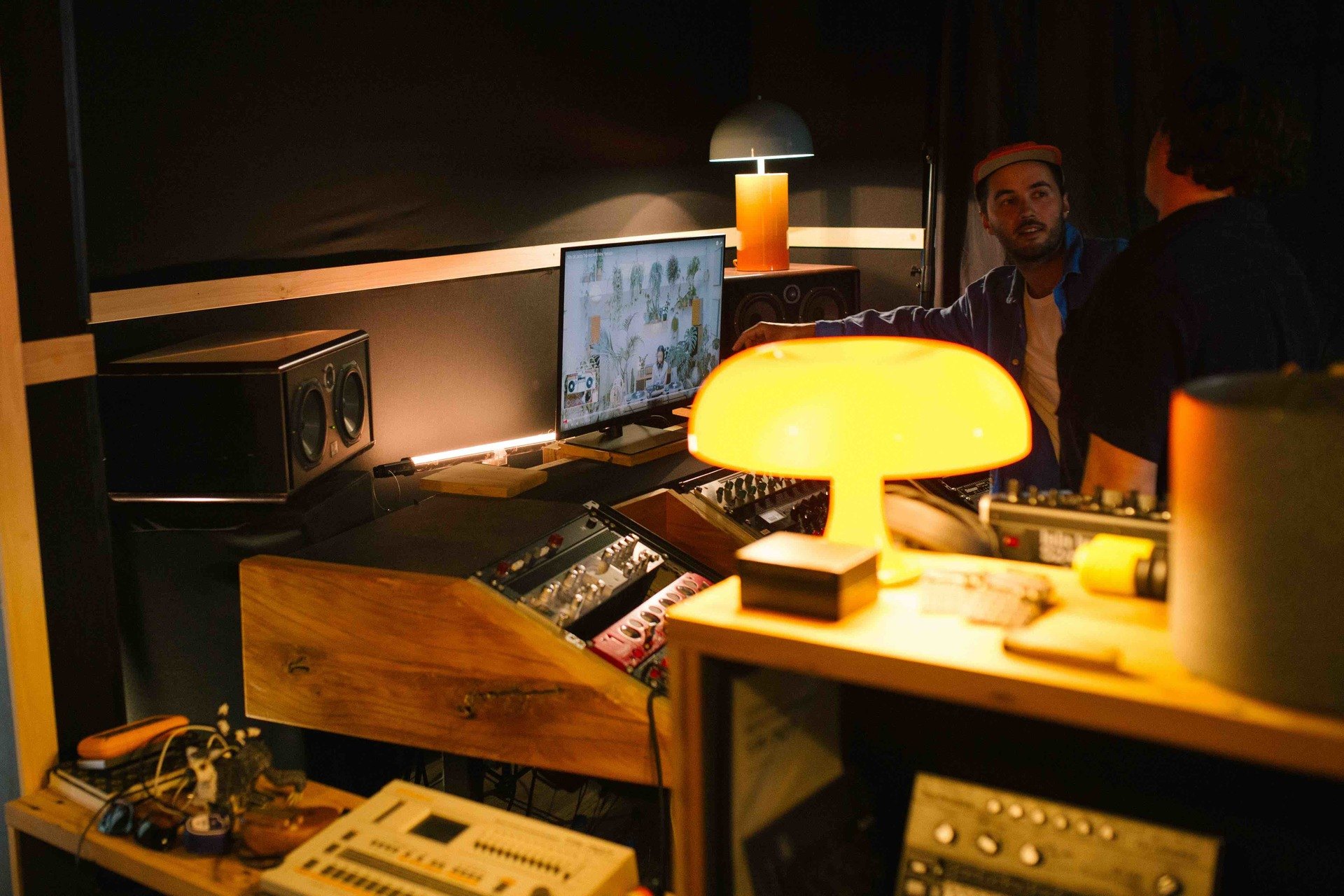
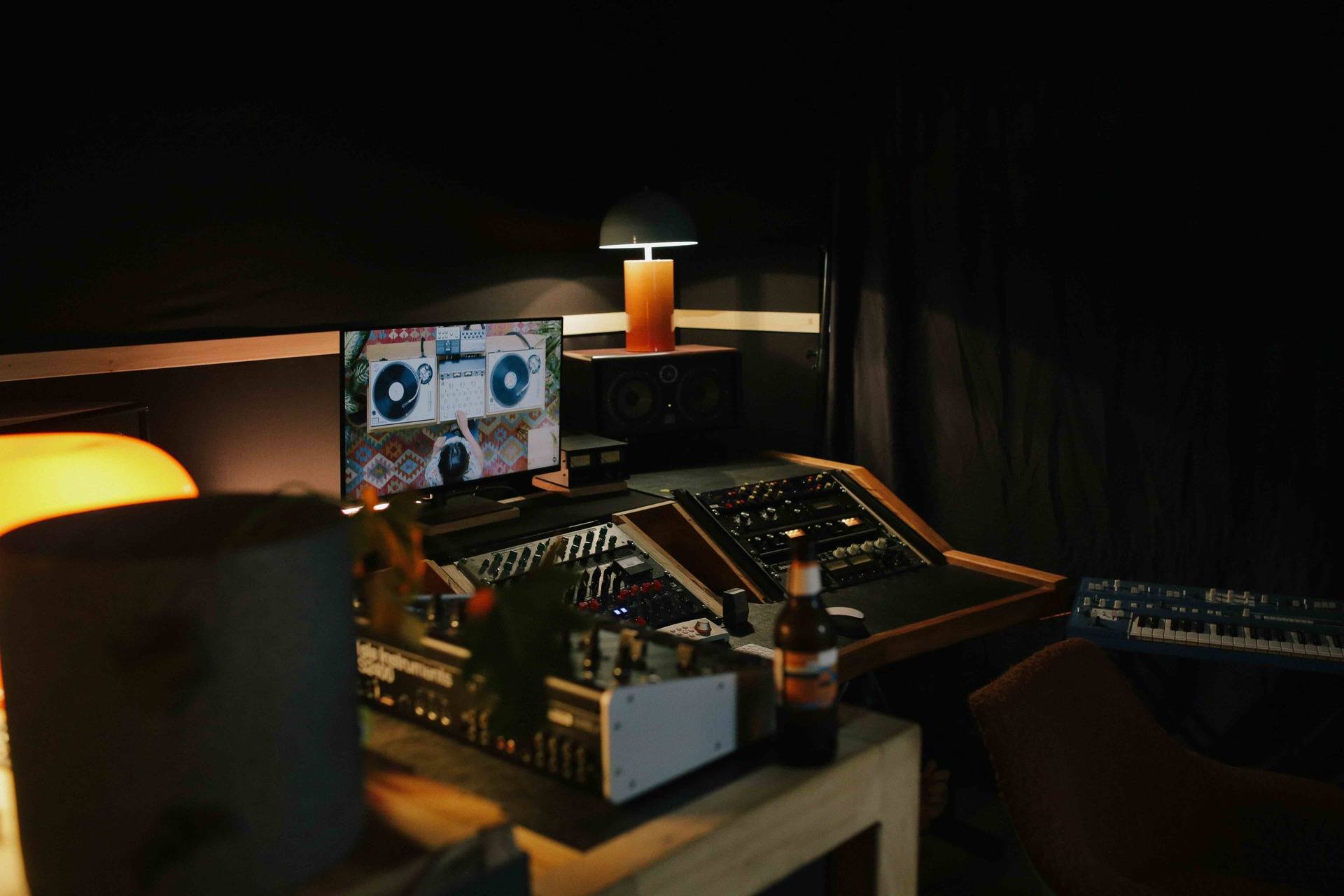
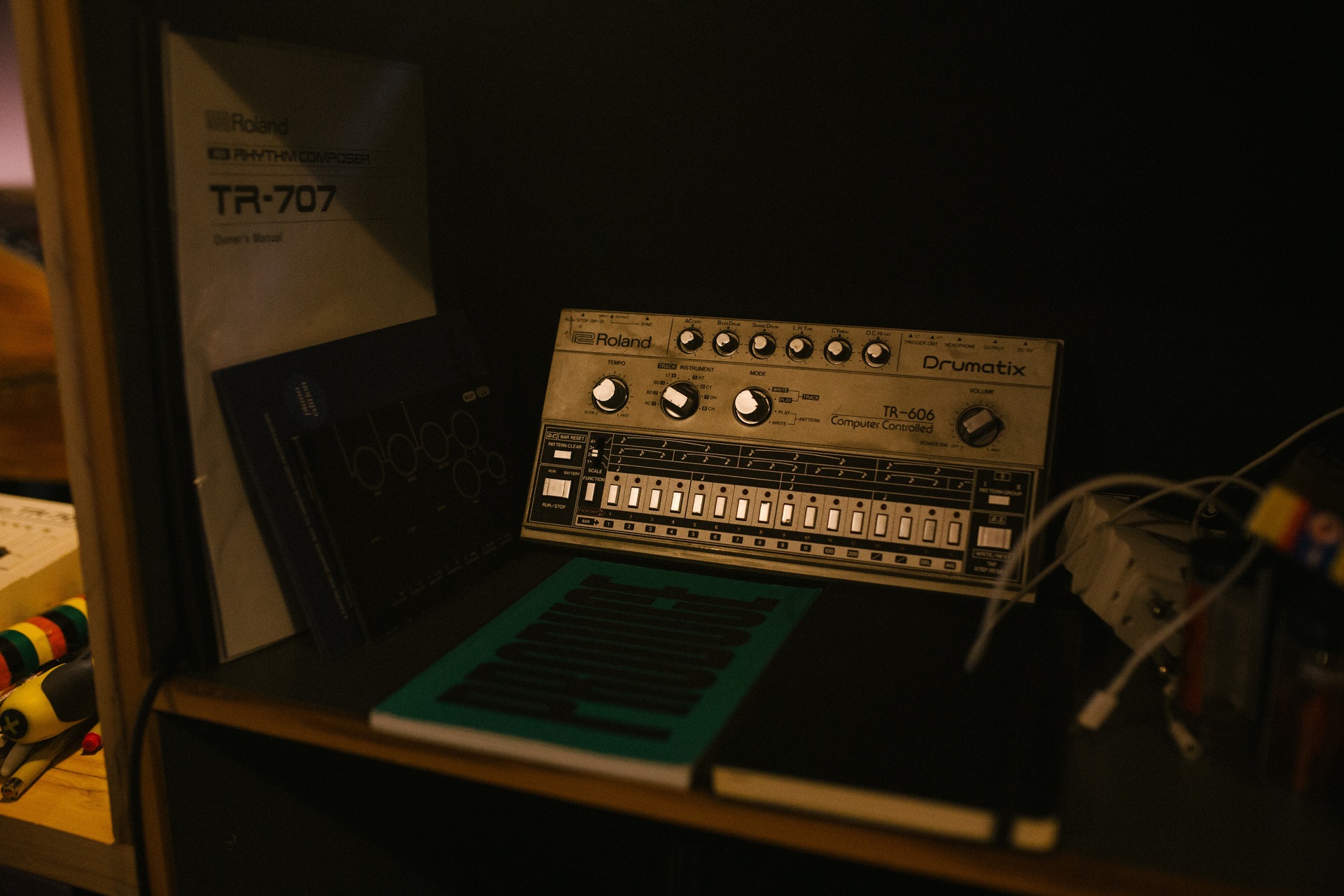
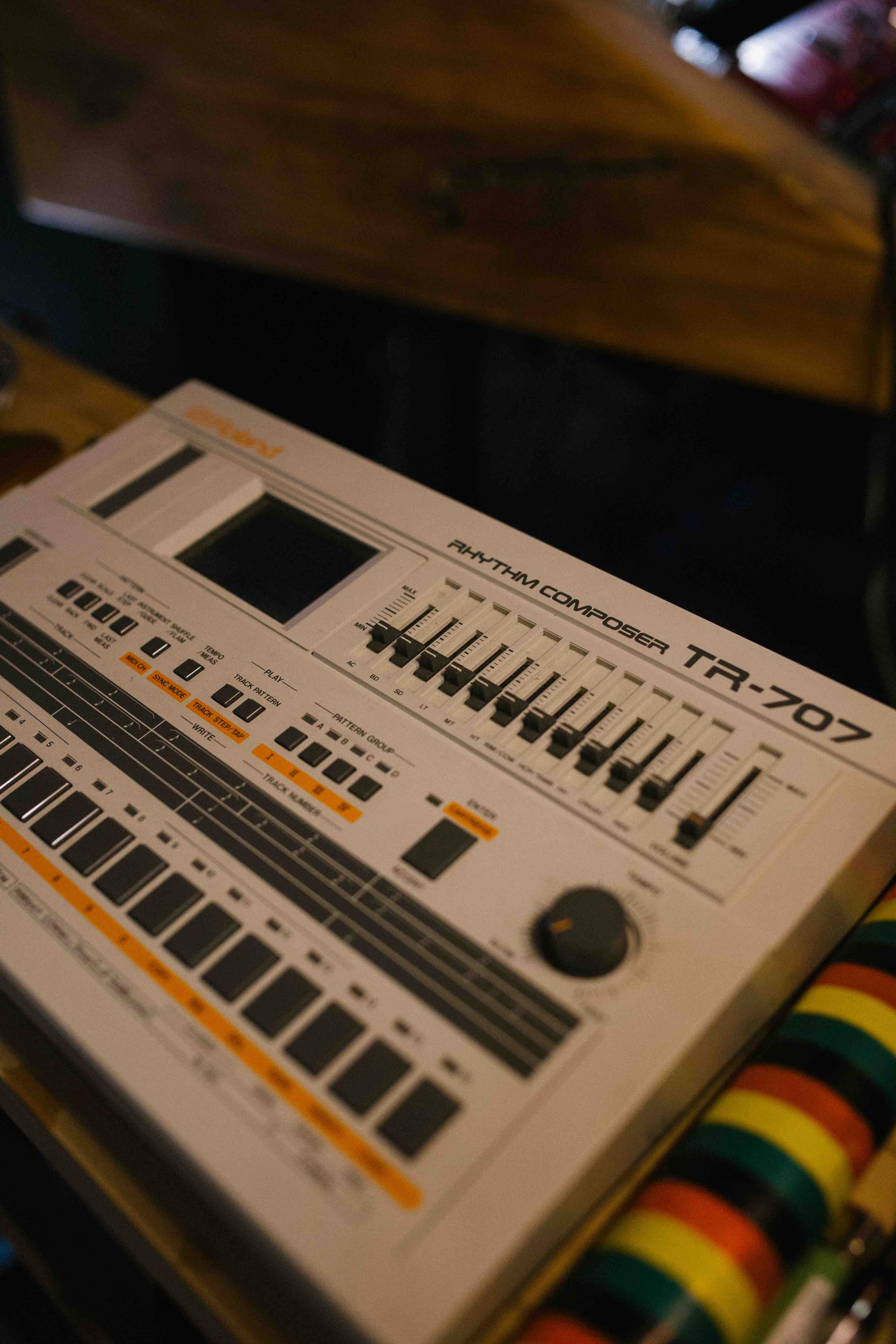

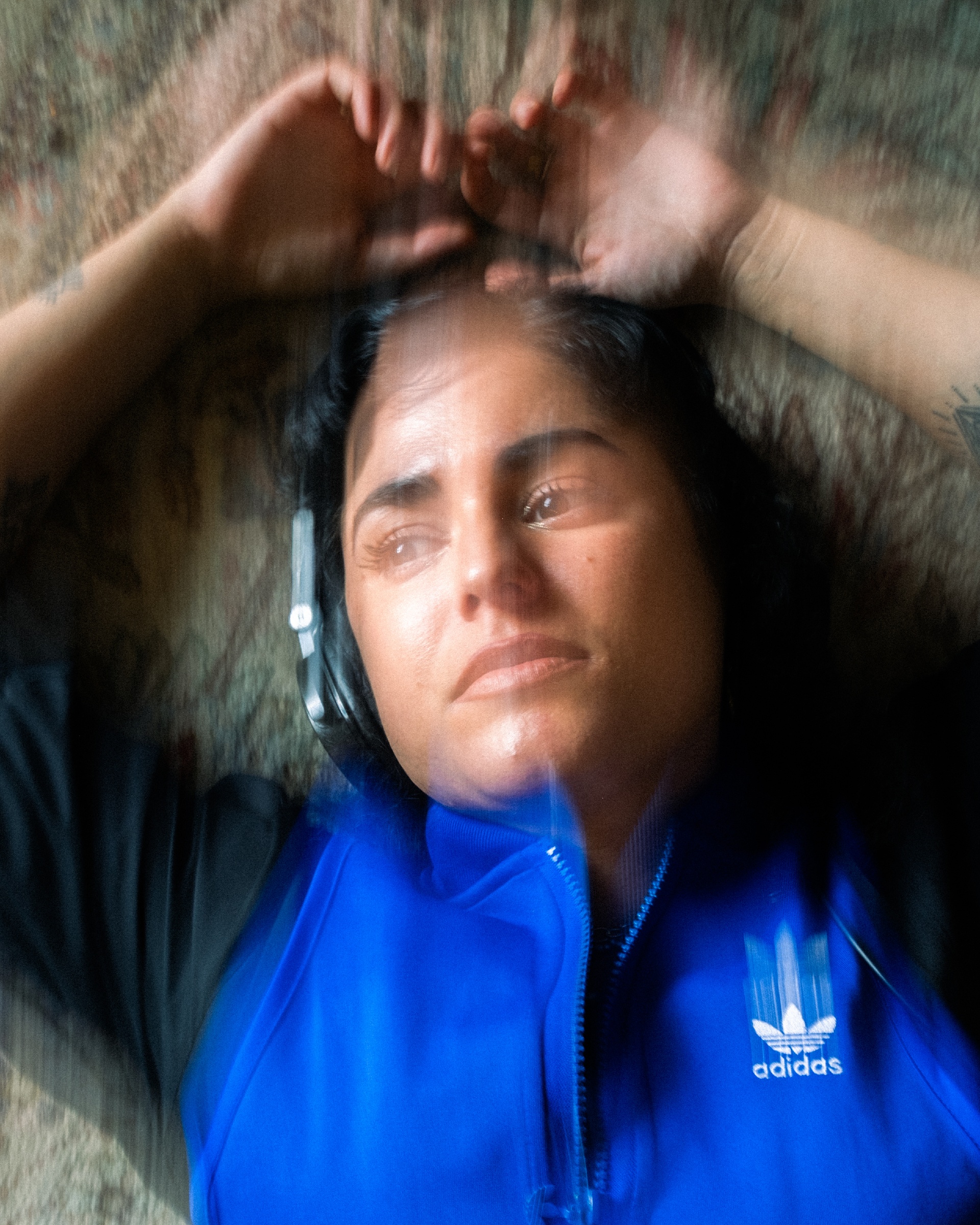
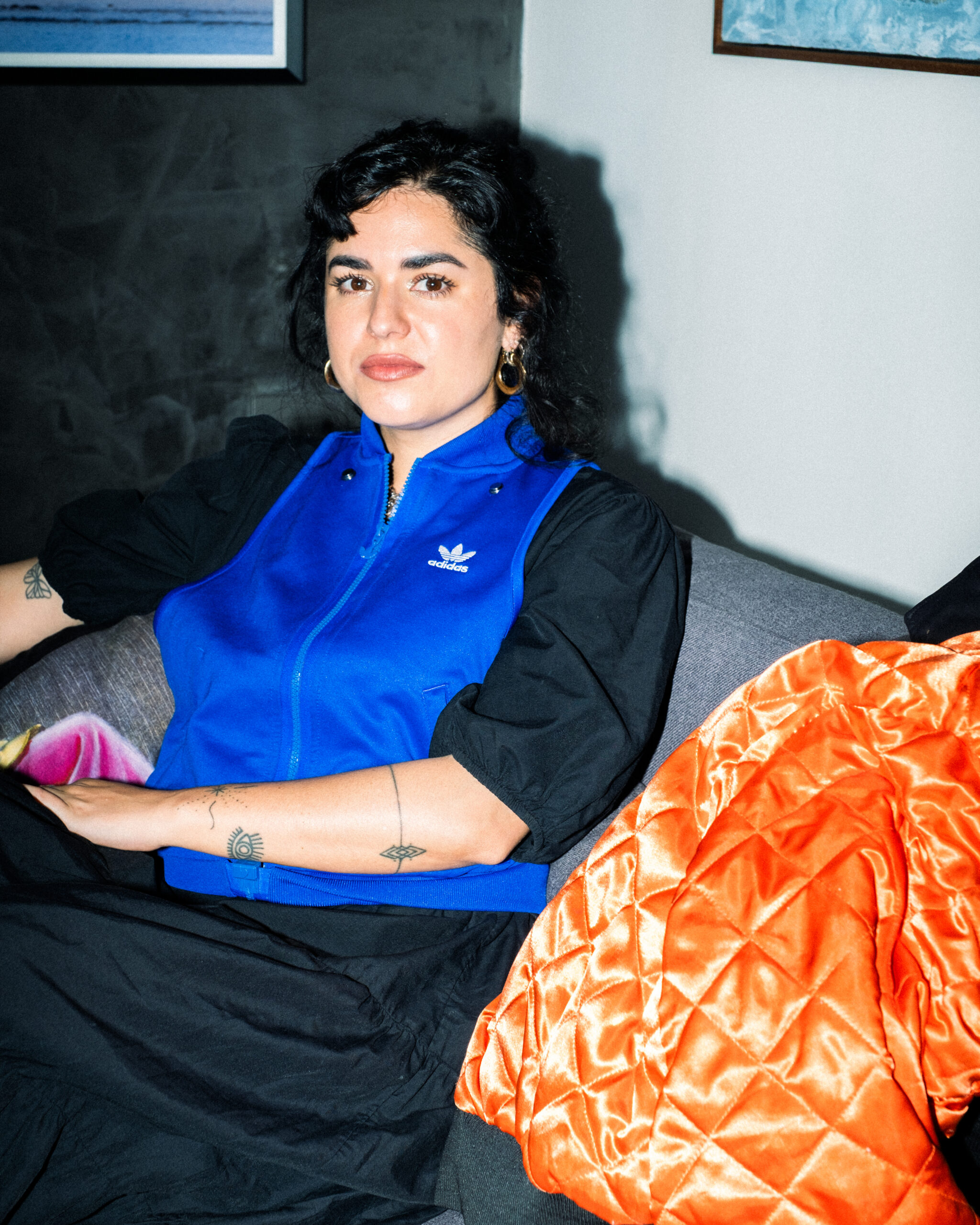
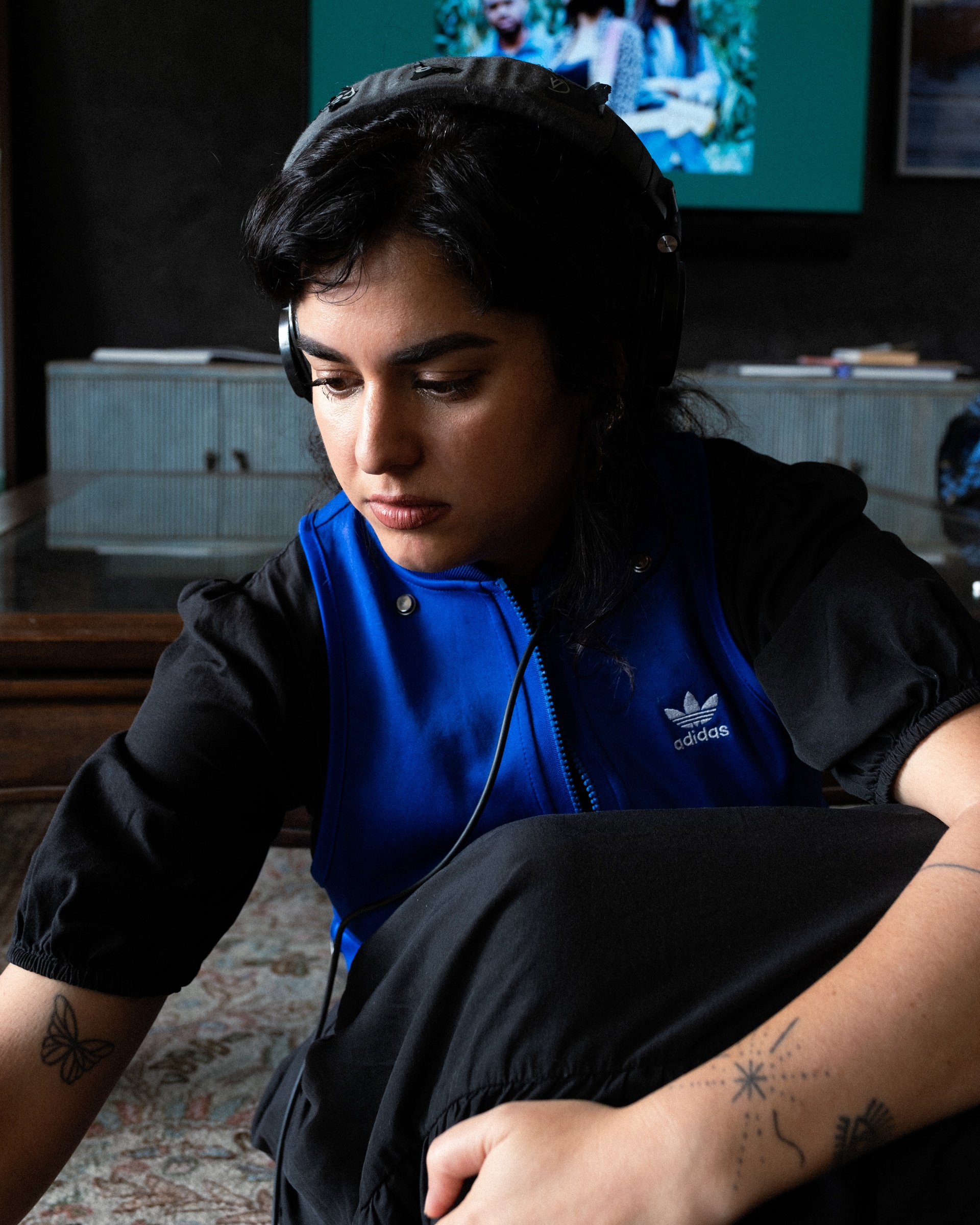
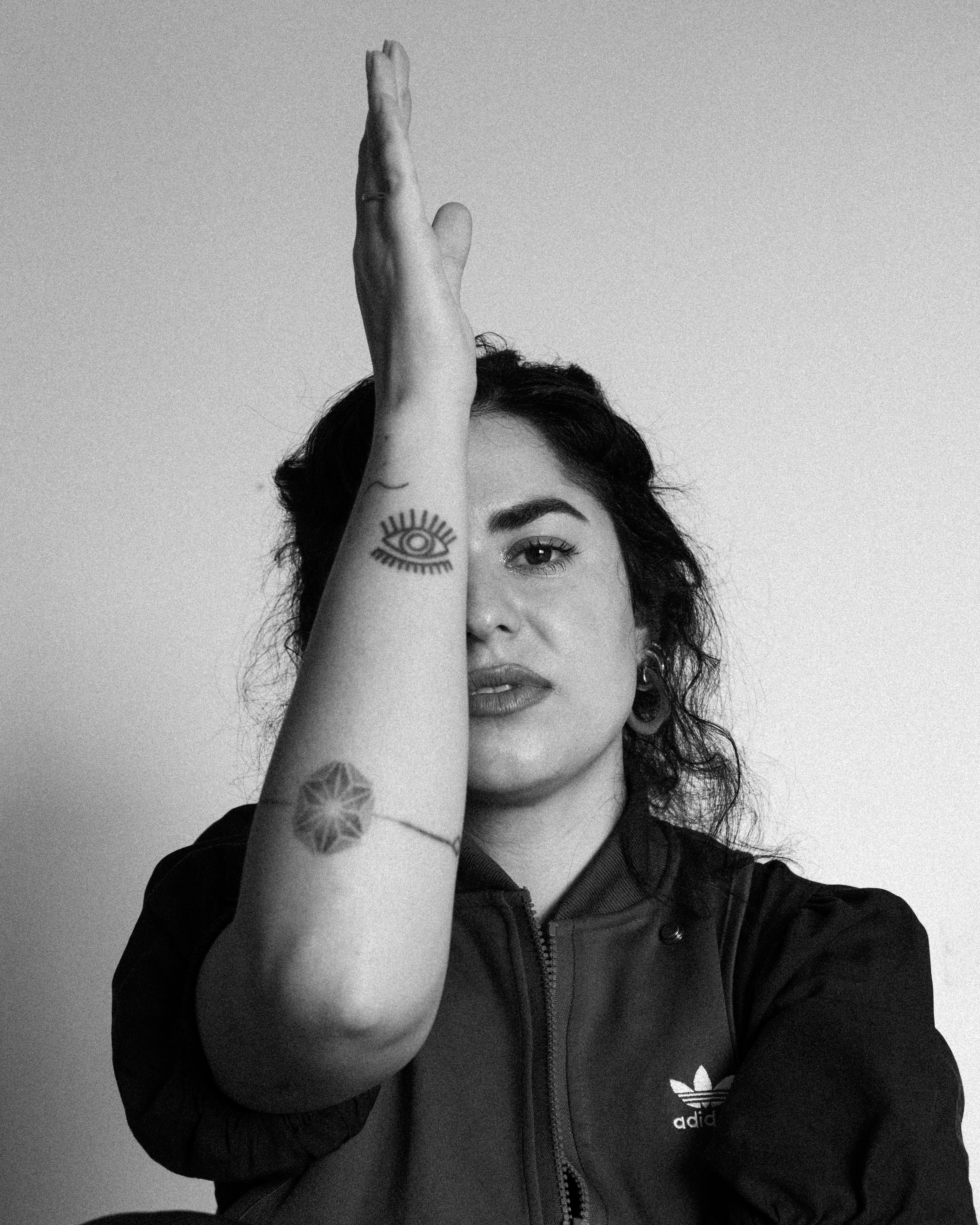






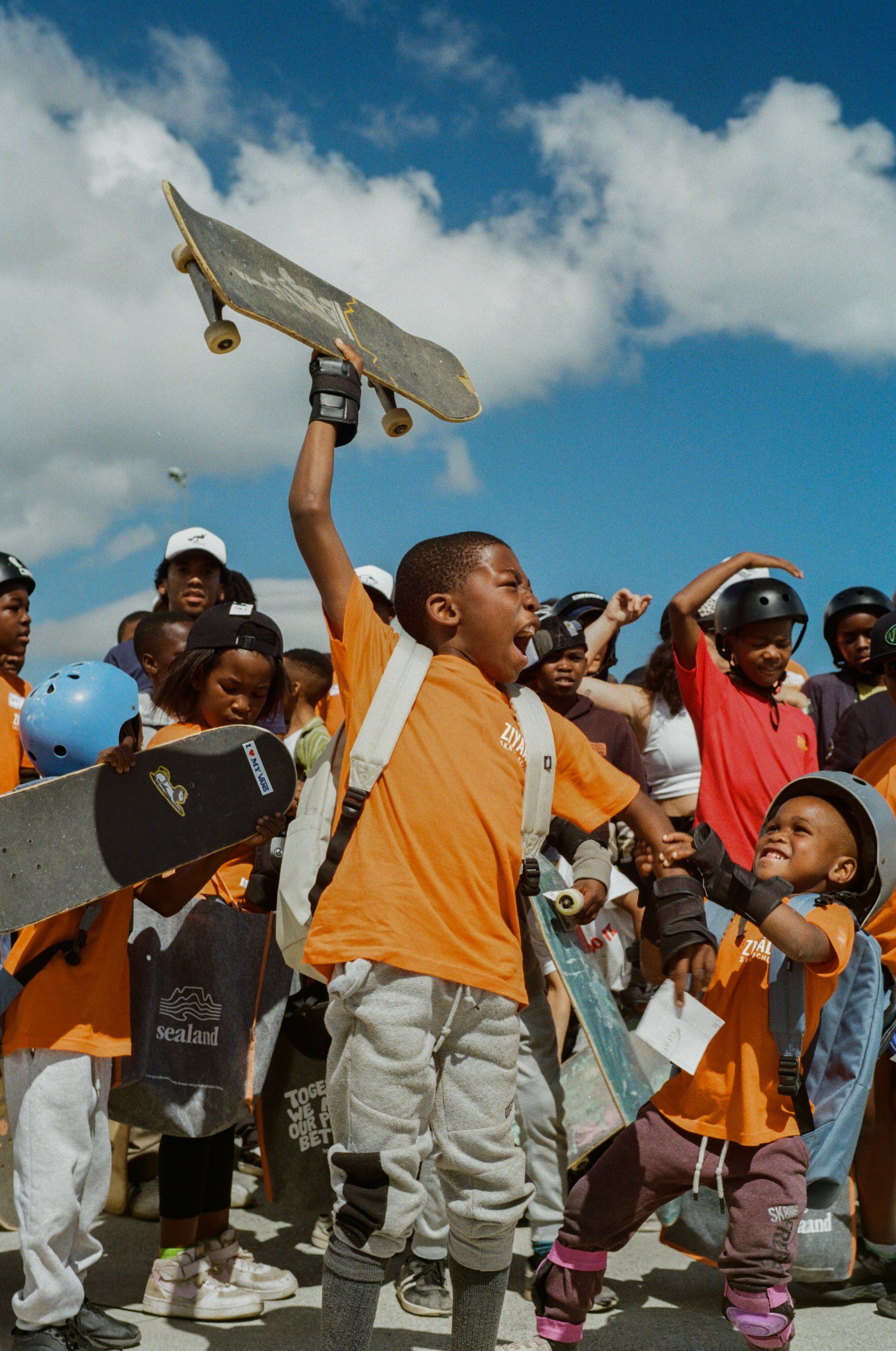

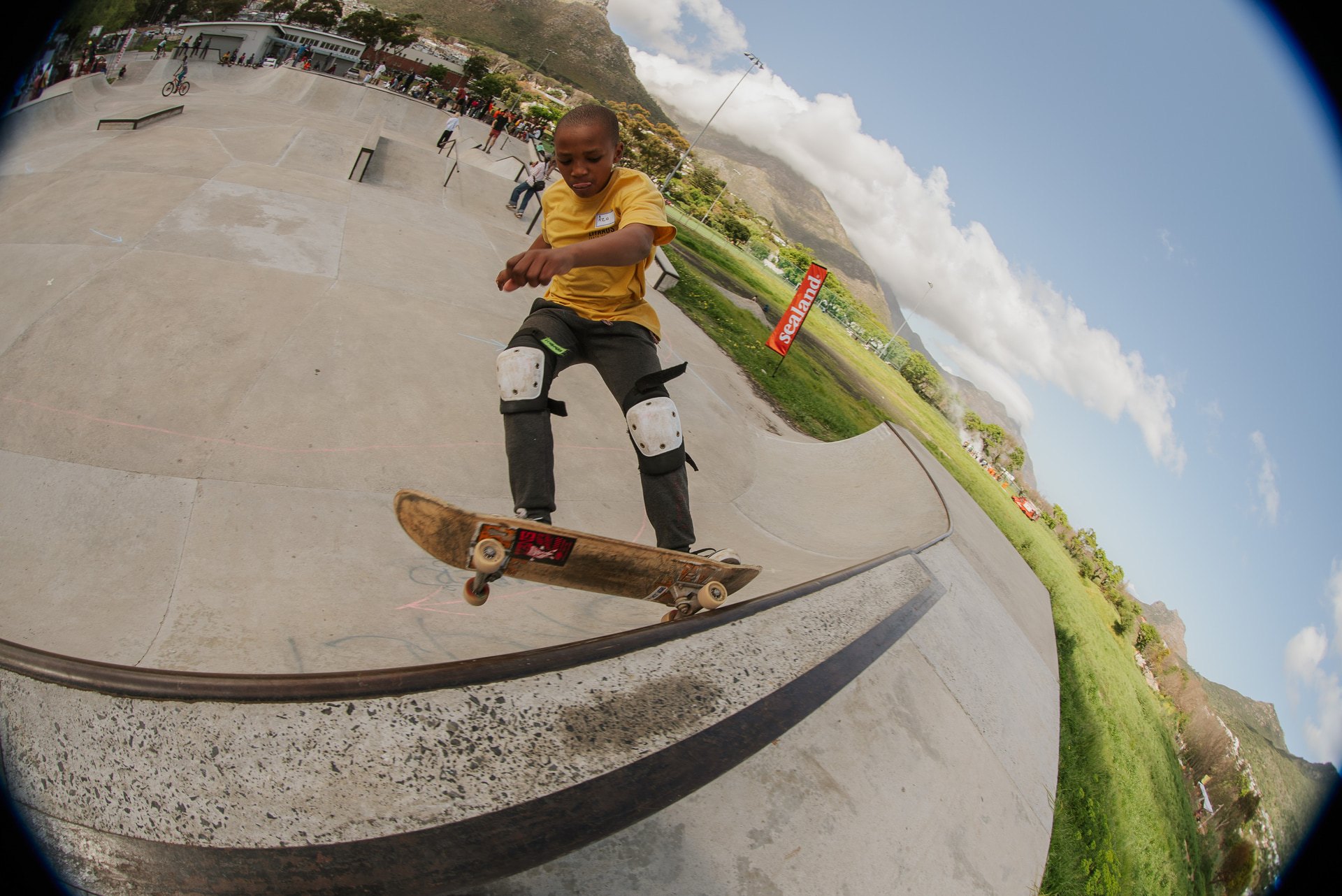
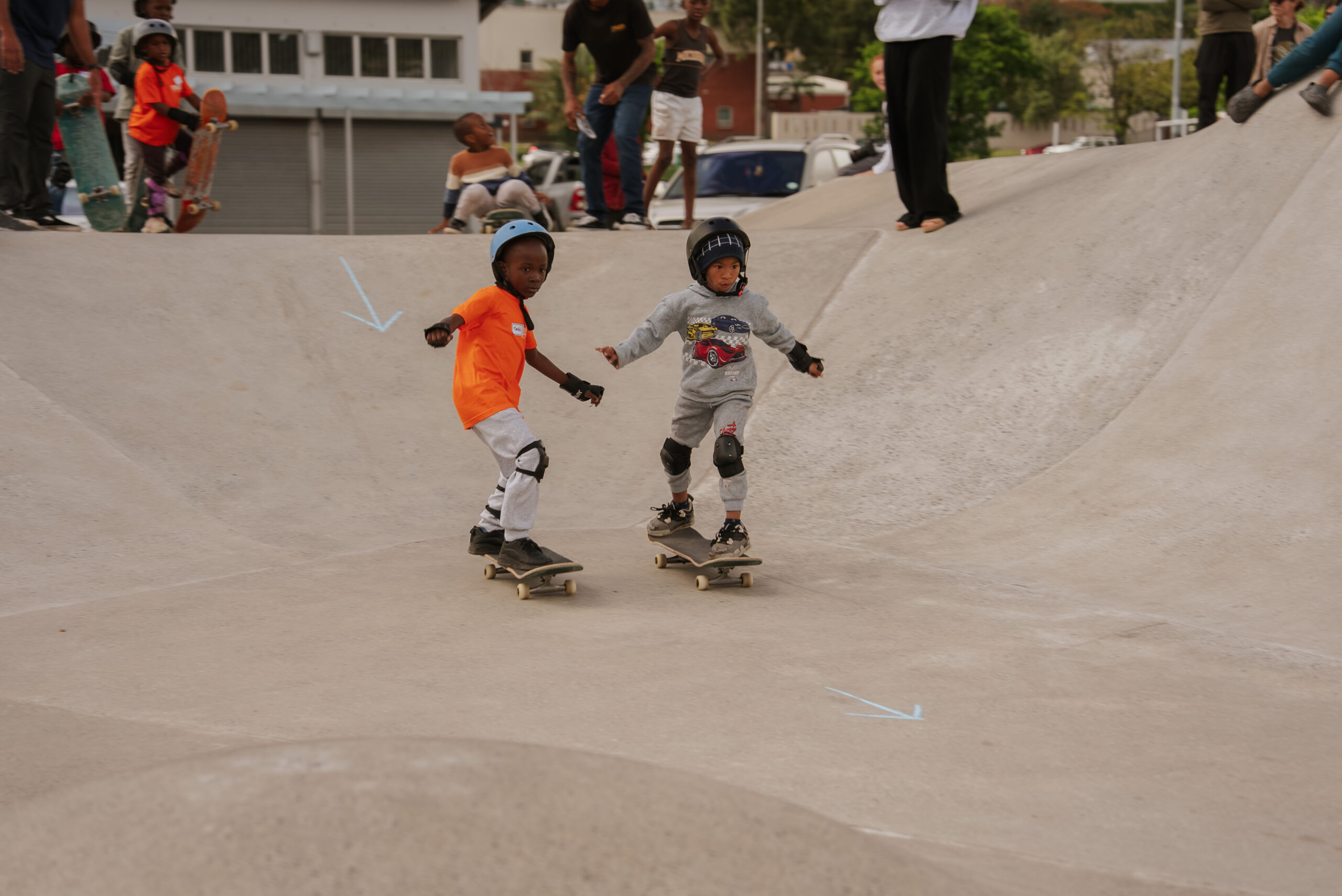
Recent Comments